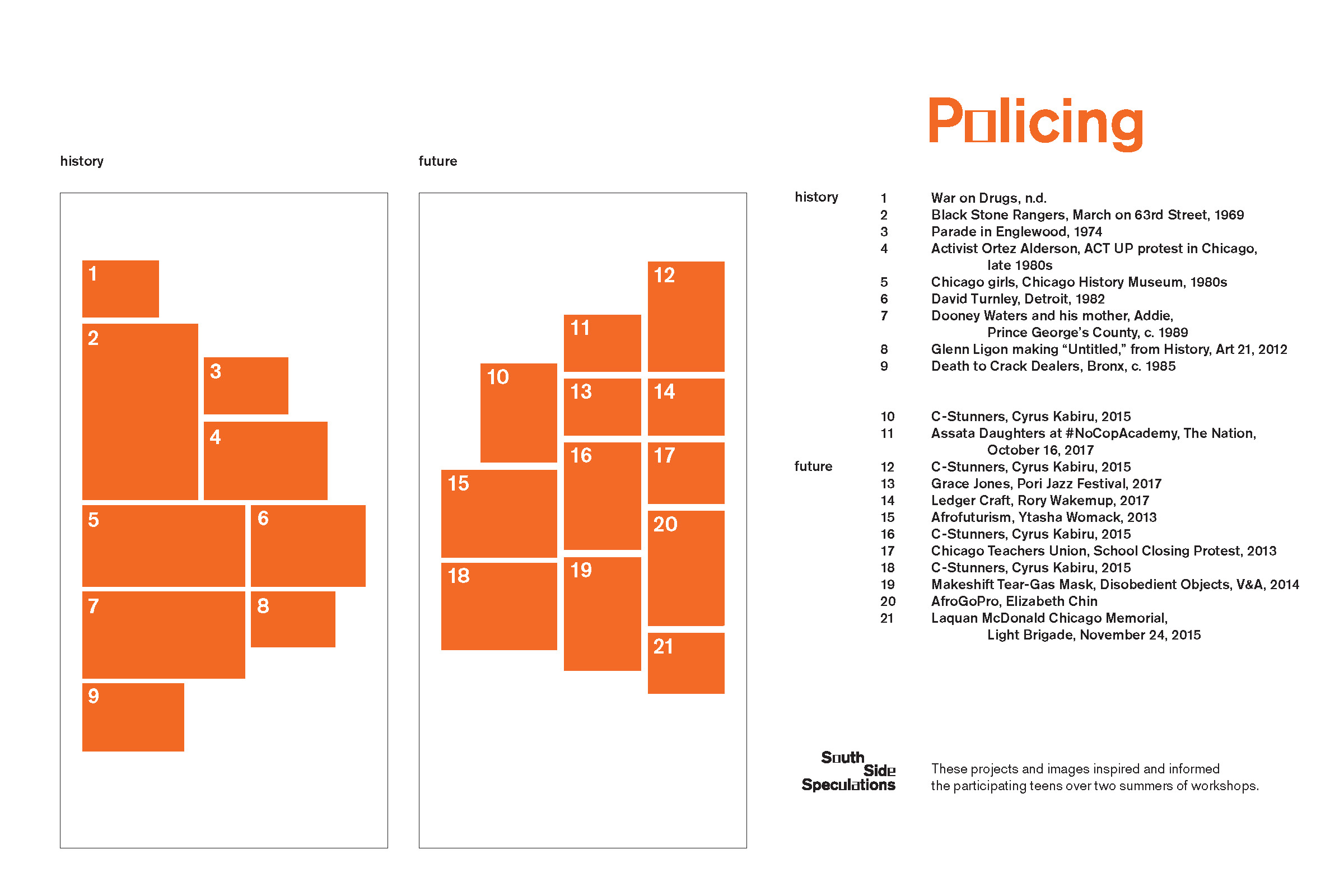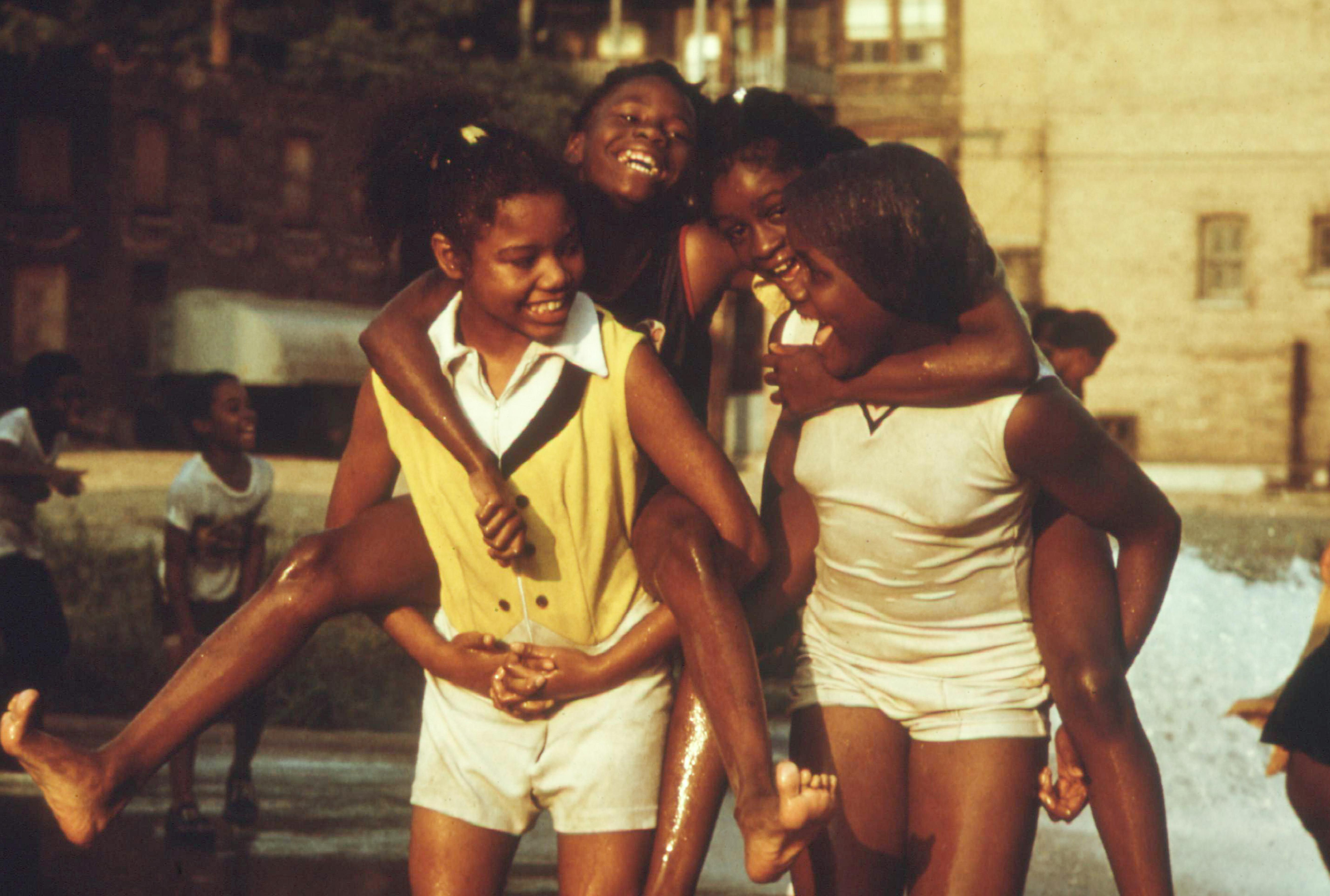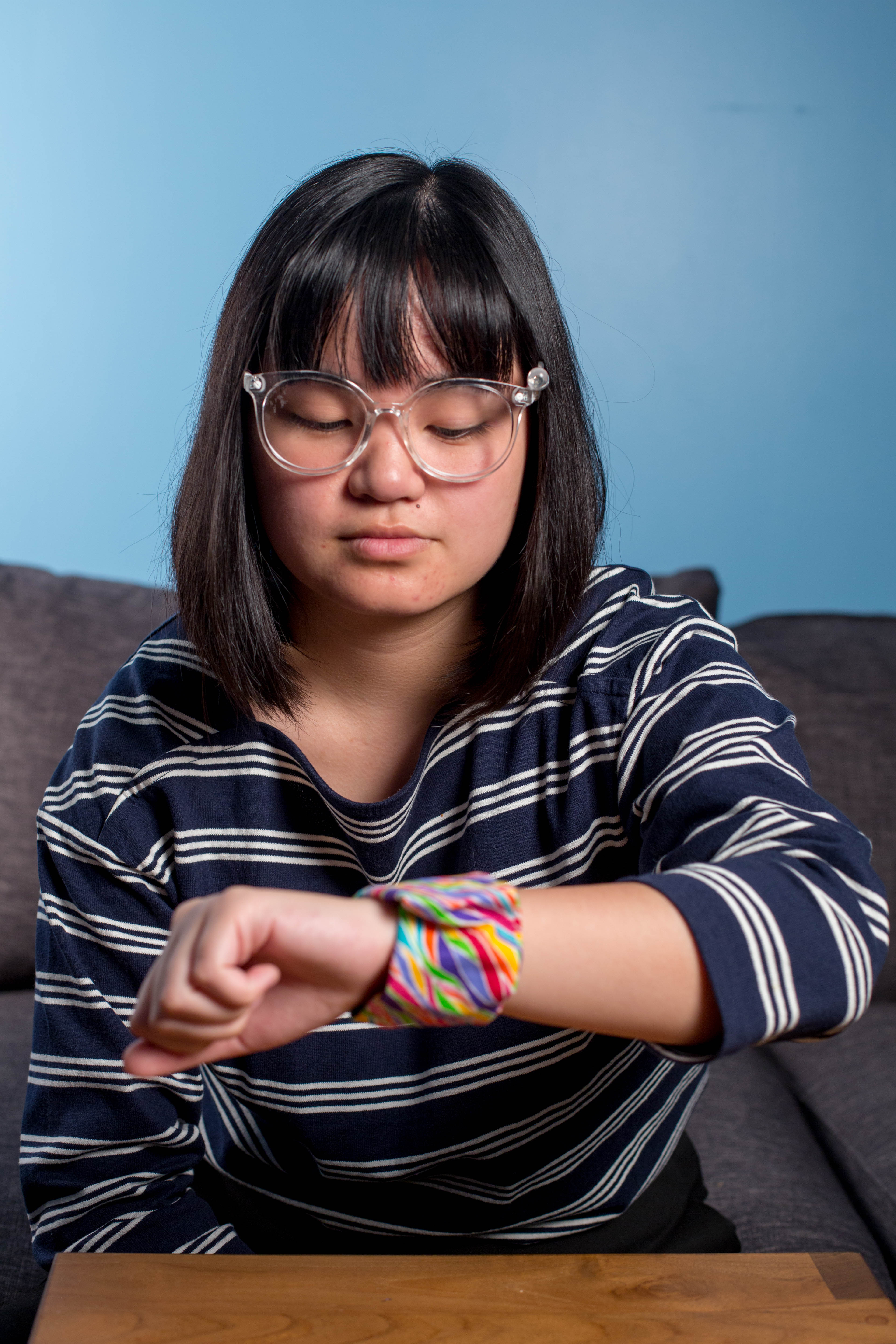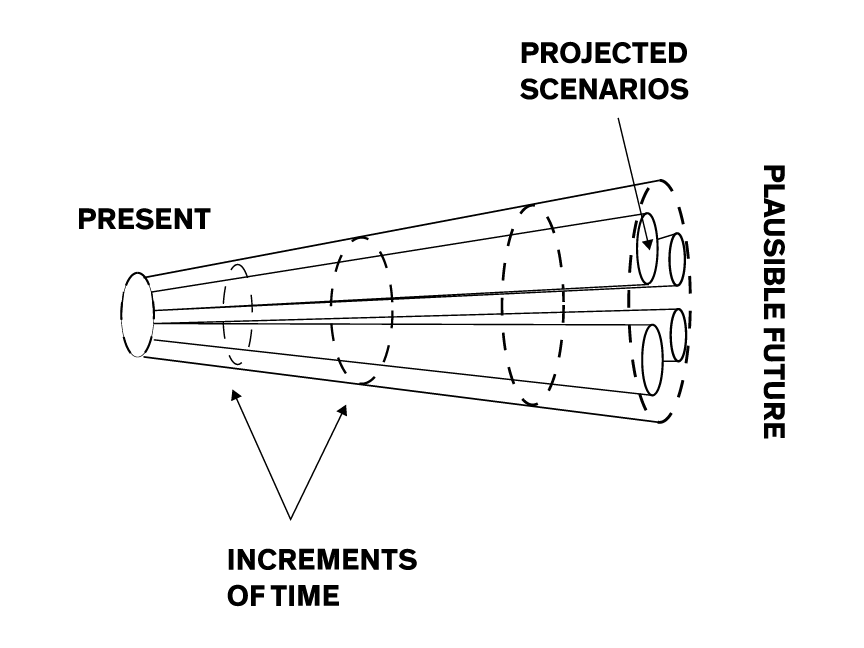

How can understanding the history of the South Side help us understand present circumstances and speculate about the future?
“South Side Speculations: Pasts and Futures of Black Chicago” asks what’s possible when young people investigate their neighborhoods histories in one of the United States’ most segregated cities and imagine how to build healthier and freer futures. Resisting progress narratives that promise things will always get better and nostalgic accounts of carefree pasts, this online exhibition explores how economic, political and cultural structures evolve over time.
Redirecting our scale of imagination, we seek to challenge the idea that all problems have solutions. Speculation about pasts and futures, as a way of thinking, offers mechanisms to find and address problems more effectively.
The projects archived on this site speculate about pasts and futures of infrastructure, healthcare, and policing. The work you will see and hear should provoke questions about how we want the future of Chicago’s South Side to look, as it resists easy answers based on dominant representations of the city today.
South Side Speculations was produced by History Moves (University of Illinois at Chicago) and Transmedia Story Lab (University of Chicago). We received generous support from the Humanities Without Walls consortium, based at the Illinois Program for Research in the Humanities at the University of Illinois at Urbana-Champaign. The Humanities Without Walls consortium is funded by a grant from the Andrew W. Mellon Foundation.


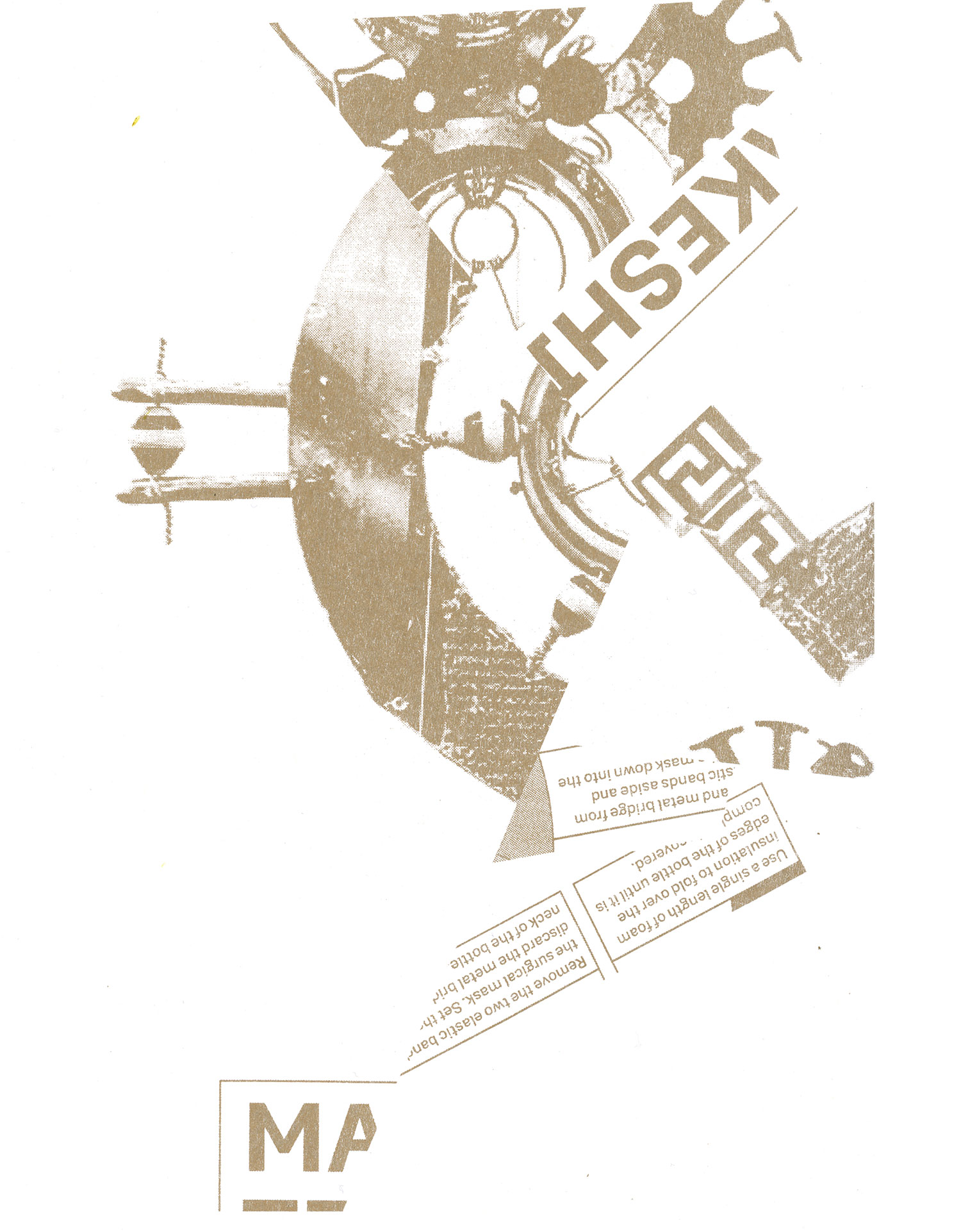






What are speculative publics?
The project employed thinking about past, present, and future that organized the curriculum and workshops around a modified schematic of the well-known “Cone of Possible Futures.” In the “Double Cone” schematic, the past is opened up as a space of possibilities or yet-to-be articulated histories. Re-orienting oneself to the Past shifts an understanding of the Present which, in turn, opens up new trajectories toward Future possibilities. Exhibitions of the project used the “Double Cone” schematic as a model to organize the inputs and outputs of the project moving from Past through the Present to the Future.

<<<<<<<<<<<<<<<<<<<<<<<<<<<<<<<<<<<<<<<<<<<<<<<<<<<<<<<<<<<<<<<<<<<<<<<<<<<<<<<<<<<<<<<<<<<<<<<<<<<<<southside speculation>>>>>>>>>>>>>>>>>>>>>>>>>>>>>>>>>>>>>>>>>>>>>>>>>>>>>>>>>>>>>>>>>>>>>>>>>>>>>>>>>>>>>>>>>>>>>>>>>>>

How does structural violence affect the health of an individual, neighborhood, city?
How do we cultivate healthier communities?
Structural violence describes how social, economic, and political climates disenfranchise entire populations of people. Looking to Chicago, we see how community resources have become increasingly unequal in the last 75 years. The South Side has the city’s highest rates of school dropout, obesity, commuting times, drug arrests, and incarceration. Across neighborhoods — from Woodlawn to Englewood — young people have borne the brunt of these harms. These projects consult the past, examine the present, and imagine the potential futures of medical, social, and mental health in these communities. A future that centers care, understands the impact of accountability and access.
Black children cool off with water as they play and piggy back ride each other art Woodlawn Community, Chicago, Illinois, 1973. Image courtesy John White/ US National Archives. Image courtesy National Archives.


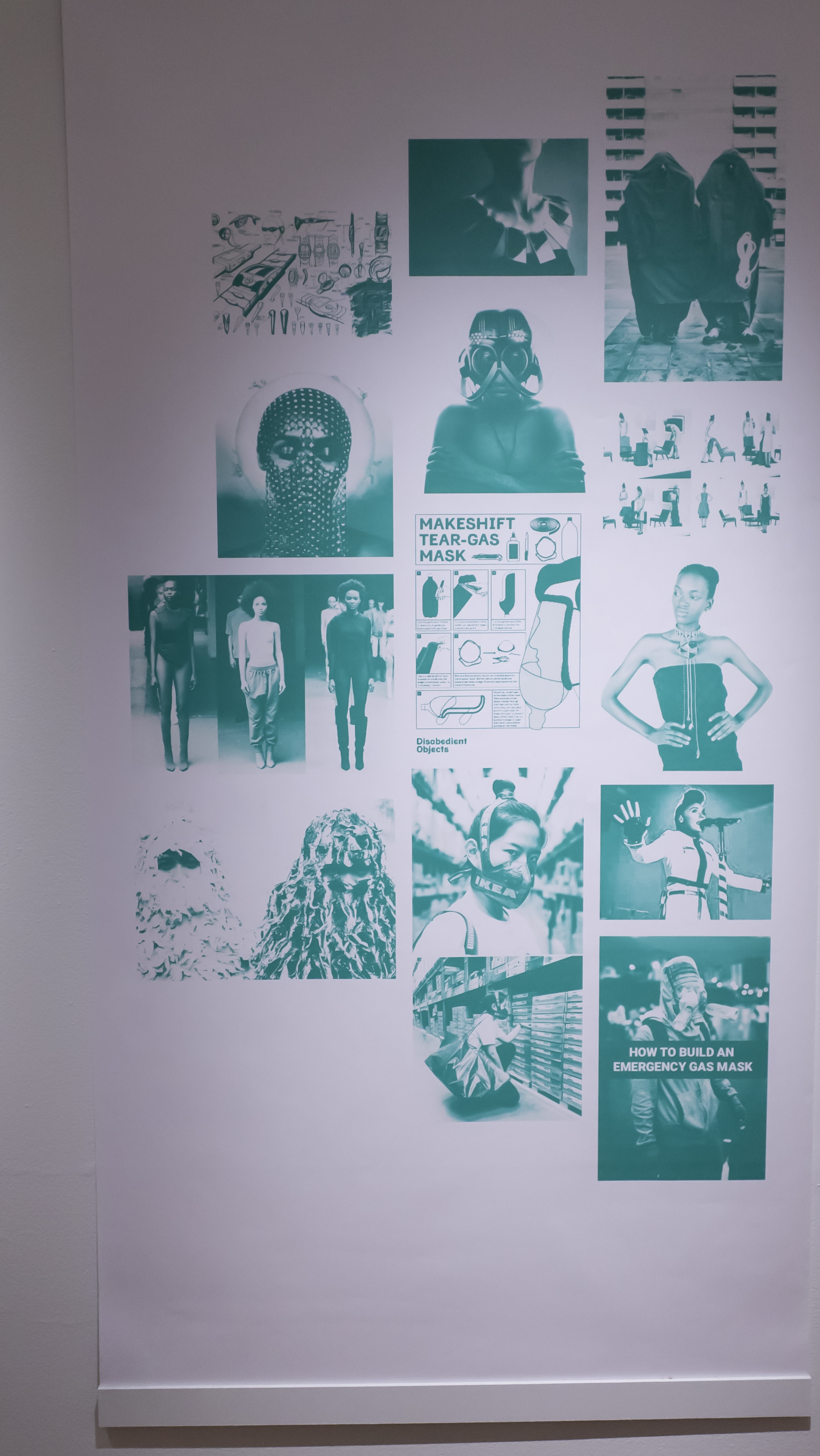






1995 racial disparities of blackout
Image Collage, 2017
Images form the basis of this historical collage, which examines the impact of structural violence on the health and wellbeing of three fictional characters: Alex, Keisha, and Jennifer who lived in Hyde Park during the 1995 heat wave. This natural disaster became a social tragedy when it took the lives of over 700 Chicagoans. Photos explore themes such as housing inequity, homelessness among teens, interpersonal violence caused by structural oppression, and teen pregnancy. The piece counters those violences with images that connote joy and community as means of survival and resistance within communities of color.
Youth Artists: Yousef Lagundoye, Araceli Magaña, Meredith Okwuedei, Jennifer Rubio, Kaya Thomas
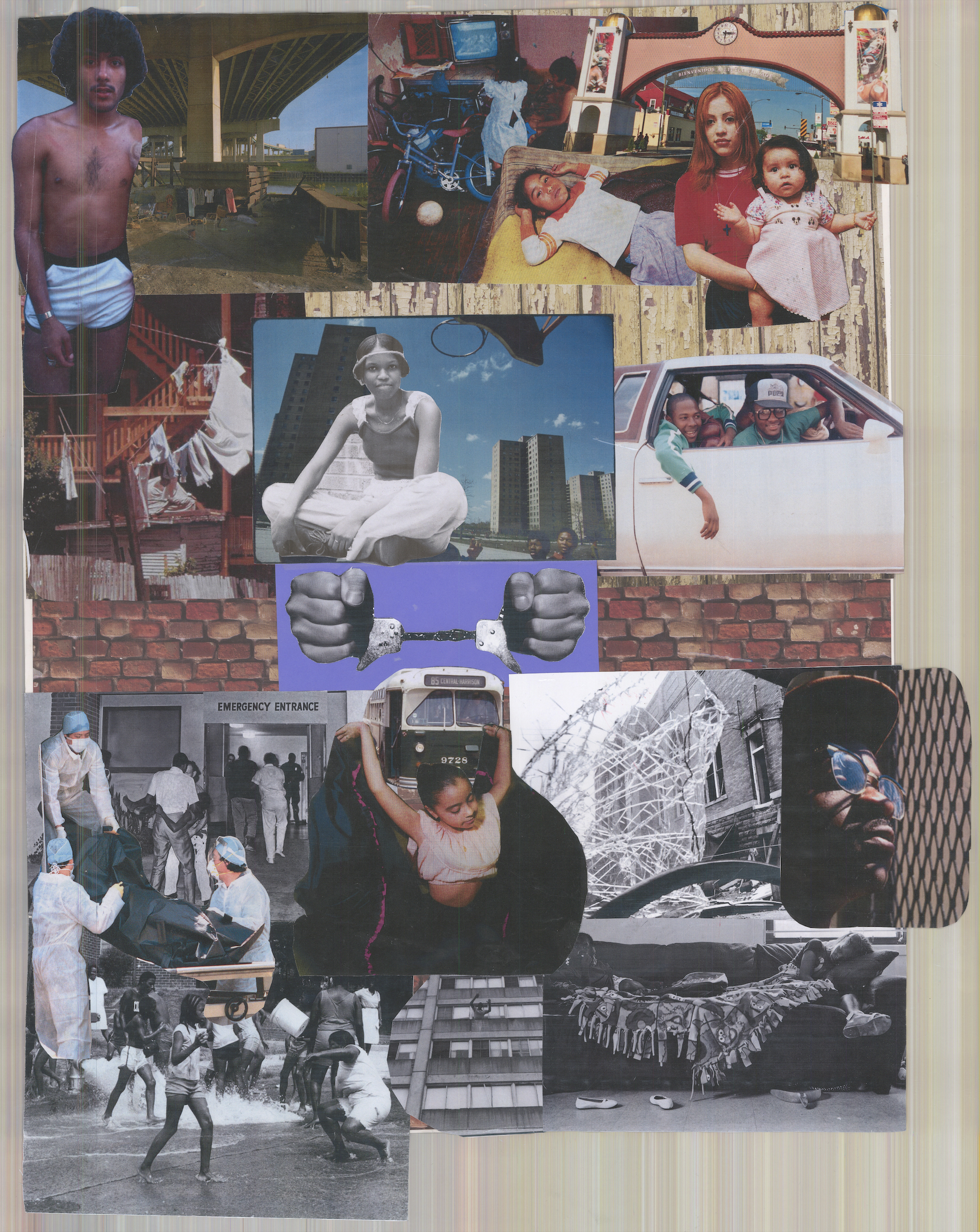








BLUi, Chicago, 2038
Speculative object, 2018
BLUi is a speculative prototype of a health drone that could deliver medication, treatments, and care across a segregated Chicago. Watch the mockumentary the artists made to accompany it.
Youth Artists: Omar Olugbala and Miriam Lagundoye
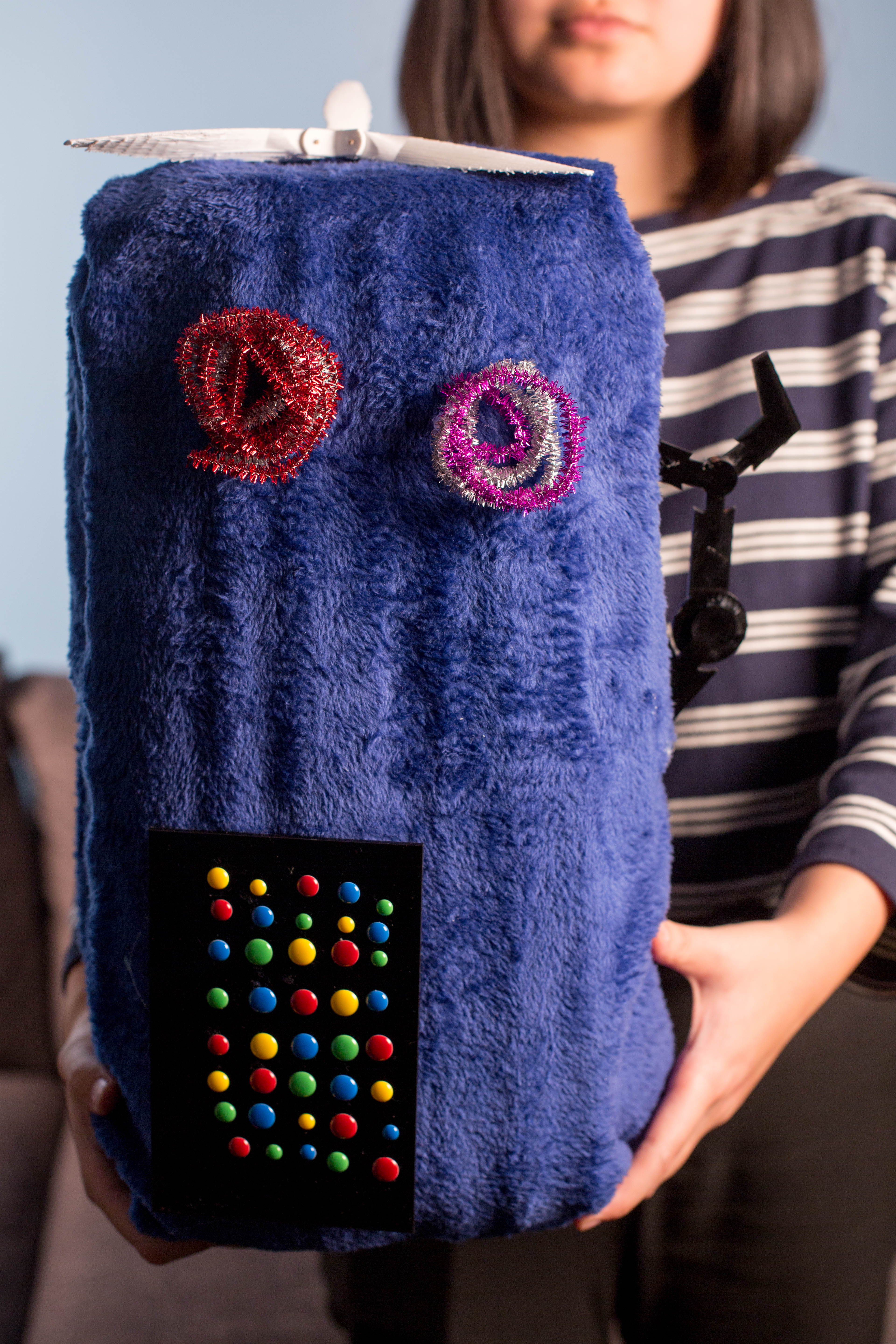
Community Healing Pair, Chicago, 2038
Speculative object, 2018
Community Healing Pair is a prototype of augmented reality accessories that record police activity and activate community resources in a bottom-up fashion. Watch the mockumentary the artists made to accompany it.
Youth Artists: Asha Edwards and David Bonsu
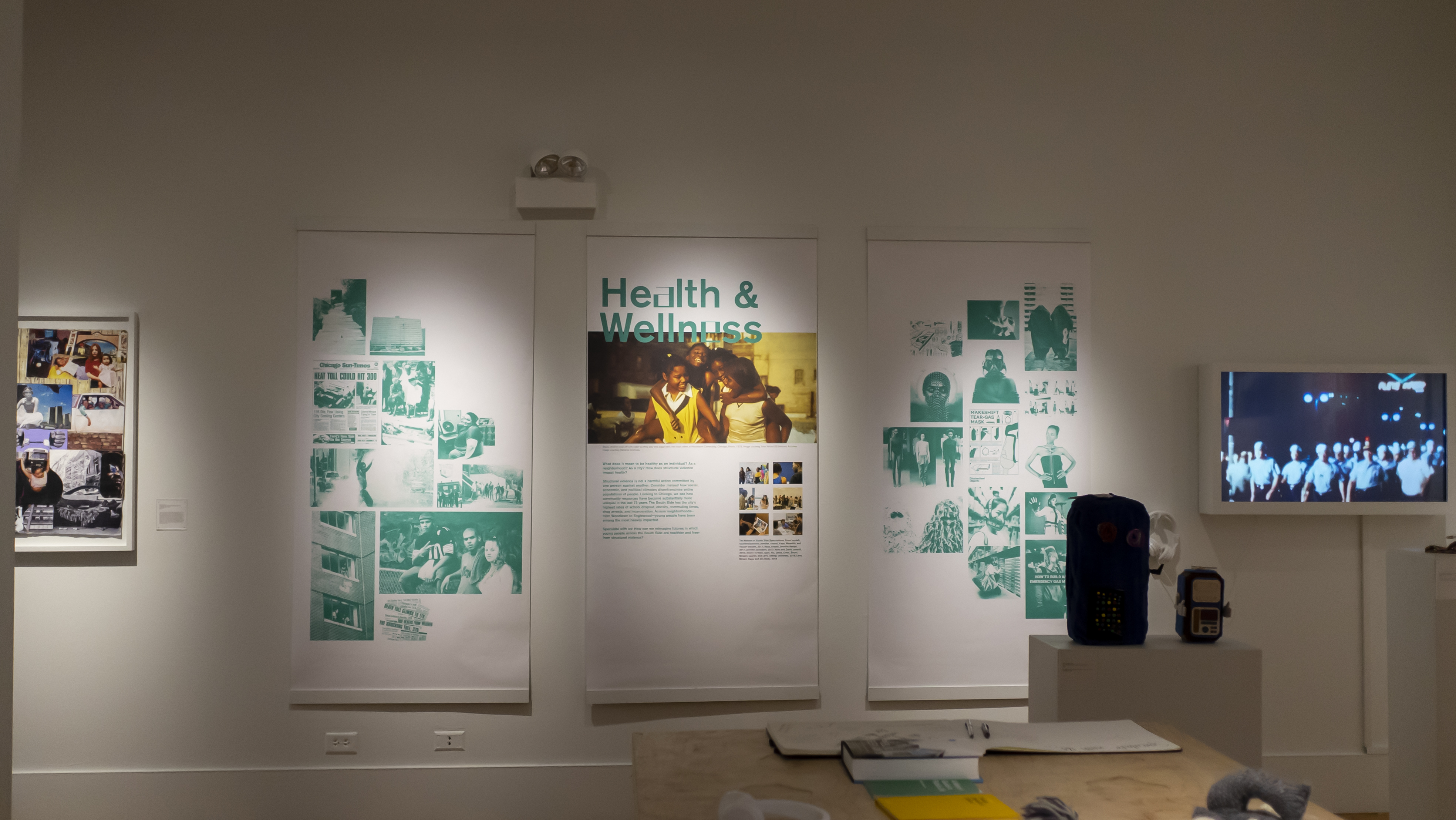
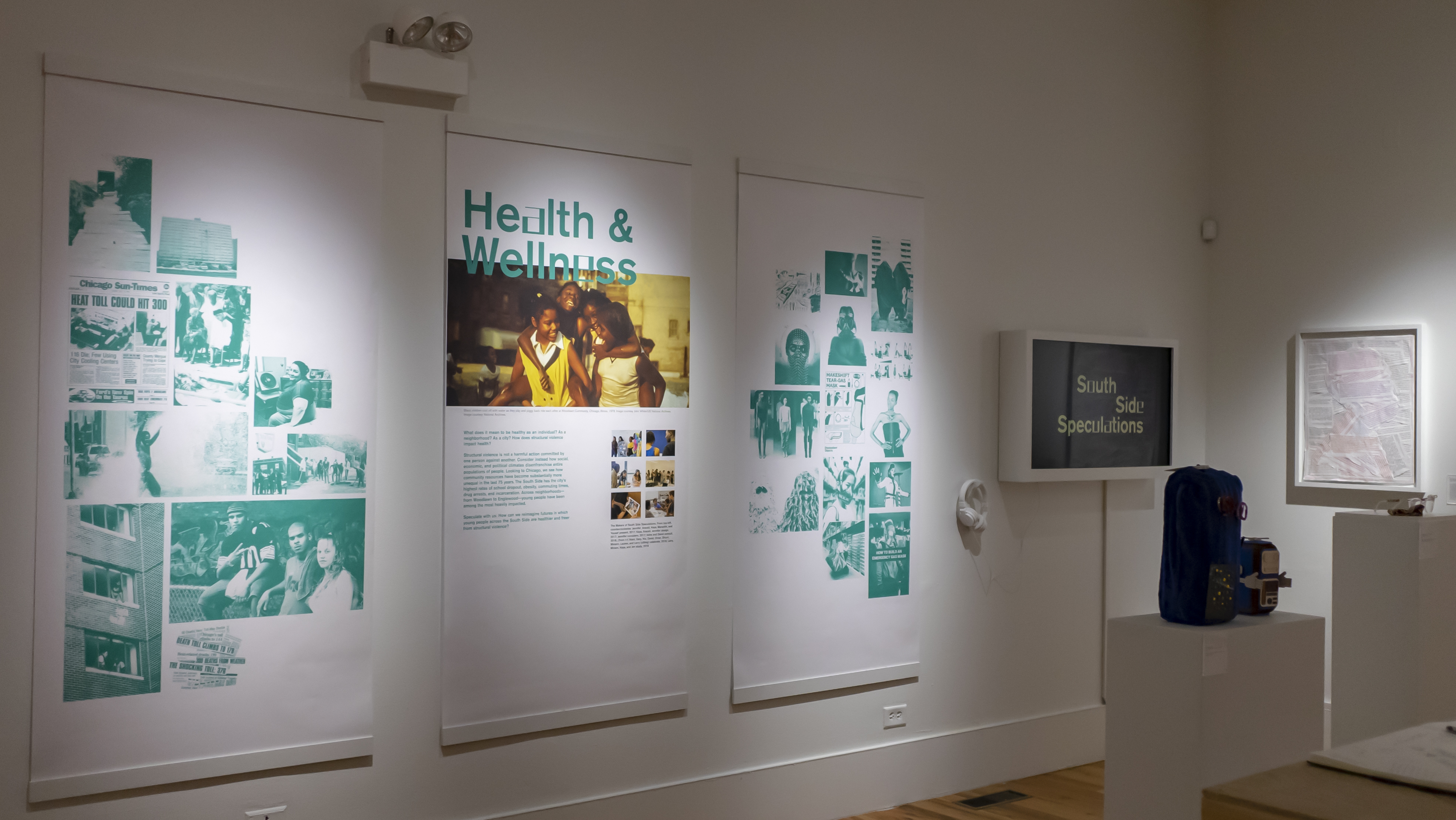
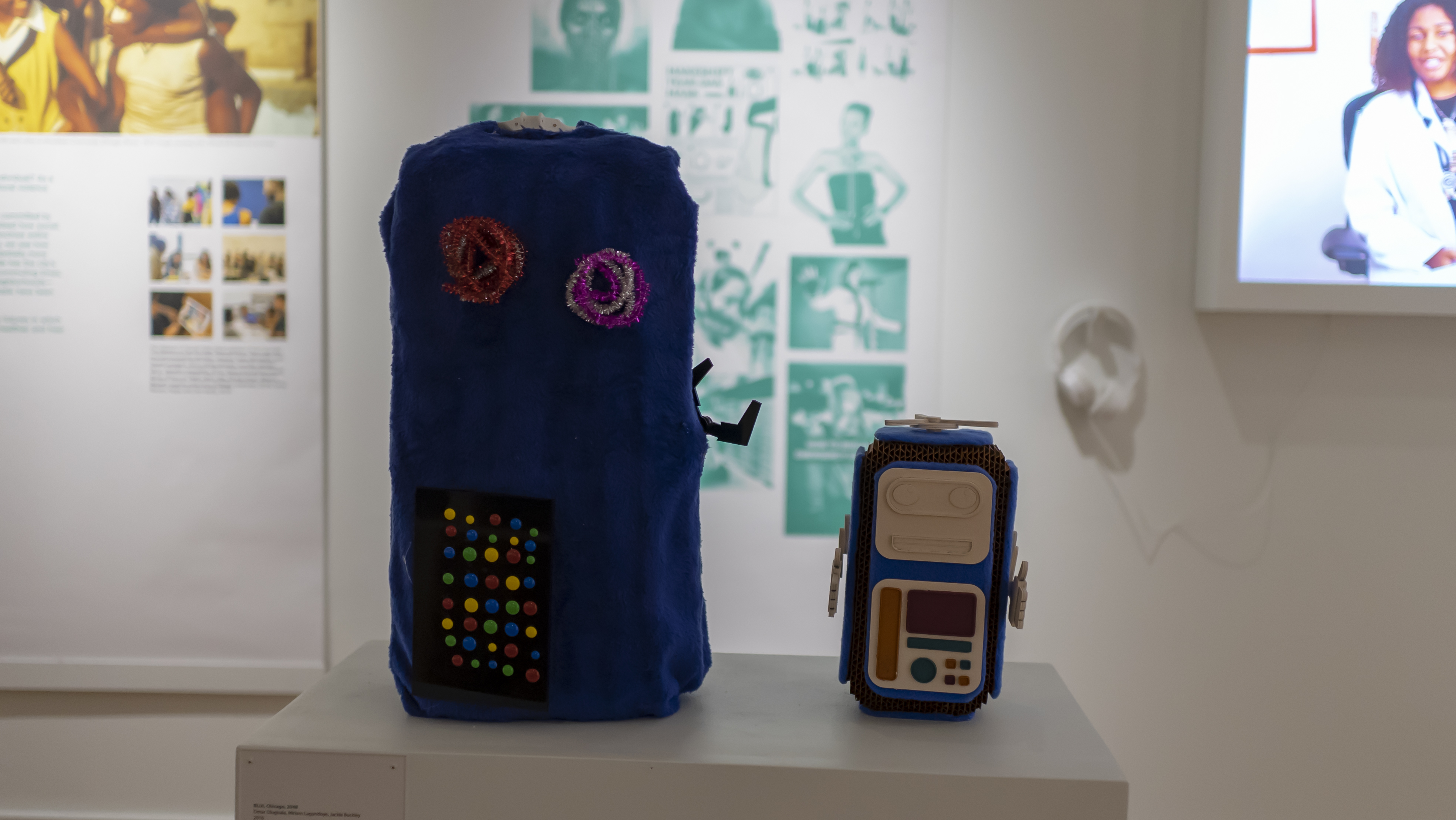

<<<<<<<<<<<<<<<<<<<<<<<<<<<<<<<<<<<<<<<<<<<<<<<<<<<<<<<<<<<<<<<<<<<<<<<<<<<<<<<<<<<<<<<<<<<<<<<<<<southside speculation>>>>>>>>>>>>>>>>>>>>>>>>>>>>>>>>>>>>>>>>>>>>>>>>>>>>>>>>>>>>>>>>>>>>>>>>>>>>>>>>>>>>>>>>>>>>>>>>

How does structural violence prevent
access to transportation, quality food, schooling, and jobs?
How does it influence
where people live and what conditions they live under?
A city’s infrastructure includes its buildings (think hospitals, dwellings, and schools), roads, railways, and energy supplies as well as the people who work in and on those physical structures. Chicago’s South Side has long suffered from inadequate and inequitable physical infrastructure, whether because of redlining policies that enforced racial segregation by limiting the kinds of housing people could purchase or decisions to close schools that serve primarily Black and Brown young people. What happens when infrastructure fails people and their community? These projects imagine what it might take to build a city that works for its residents.

Chicago Architectural Photography Company, Englewood Theather exterior,
c. 1930s
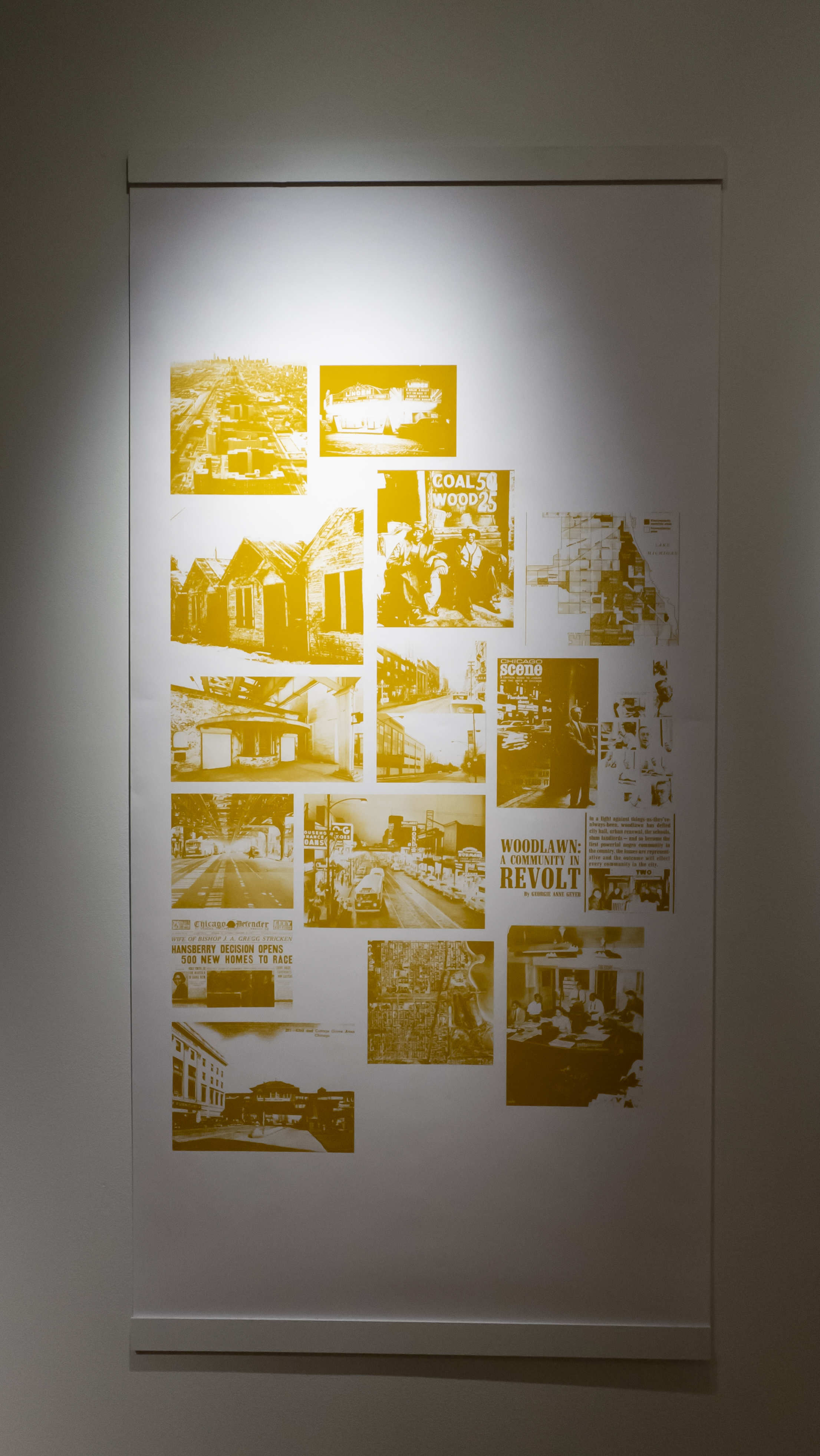
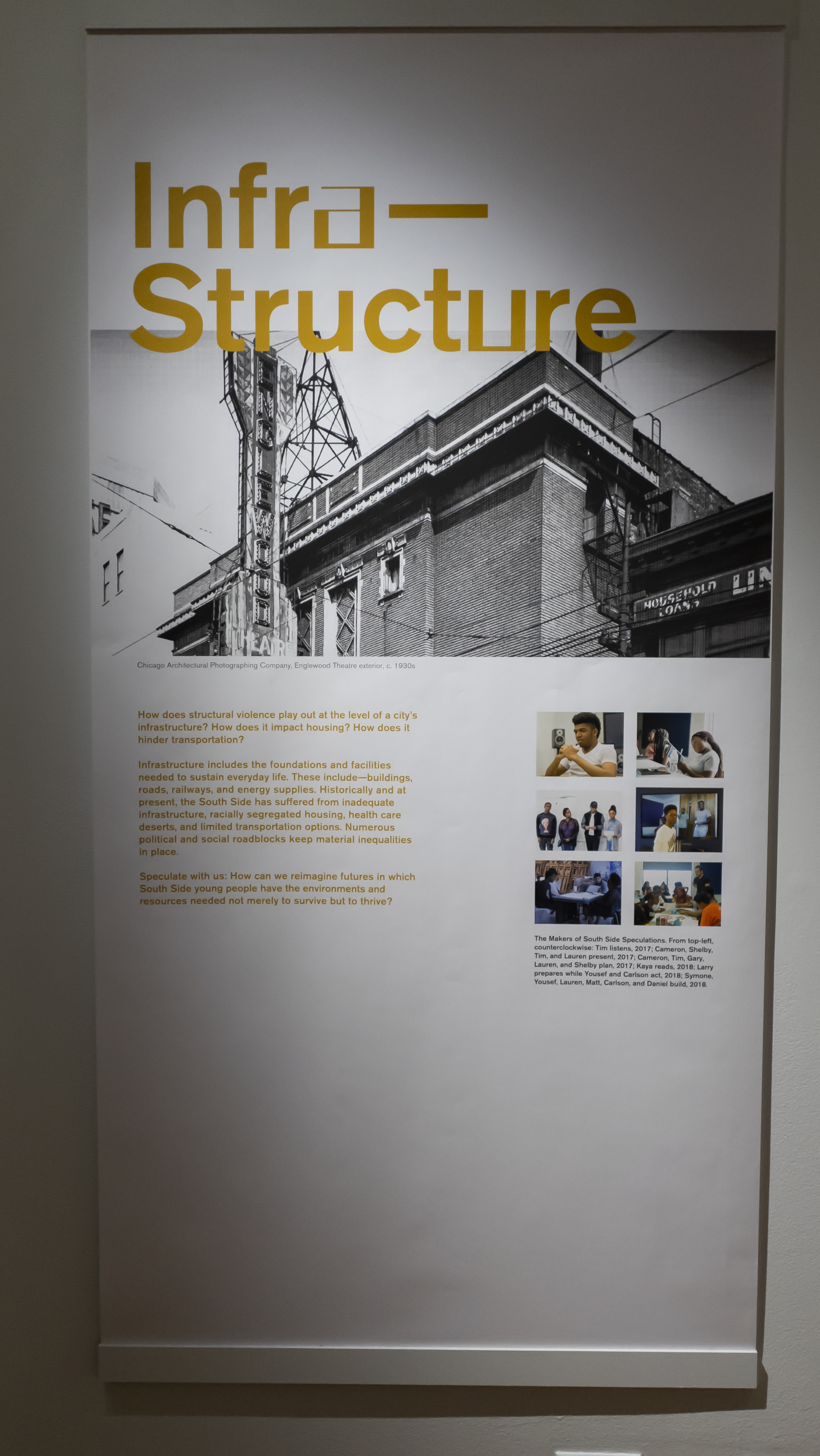
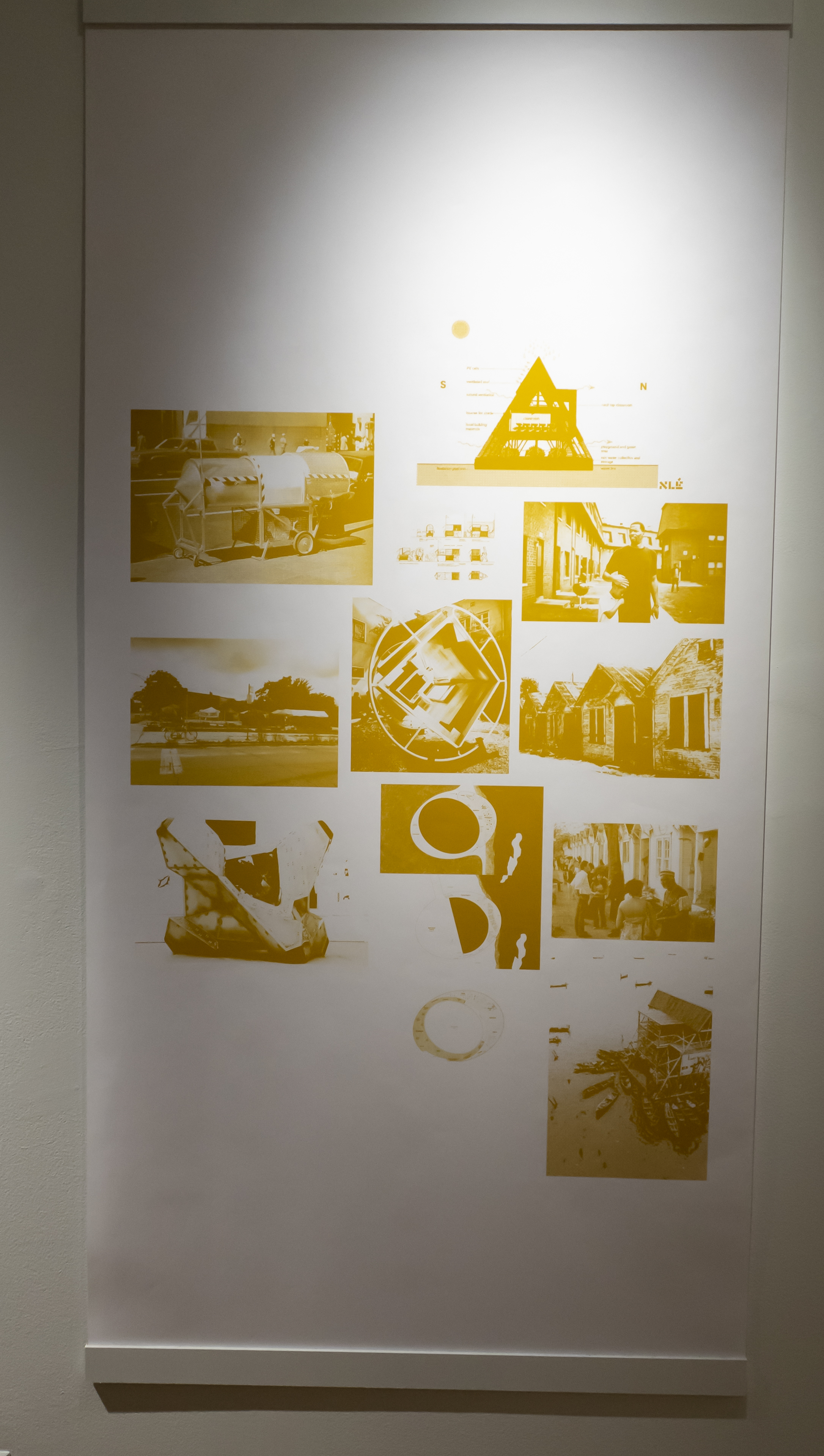


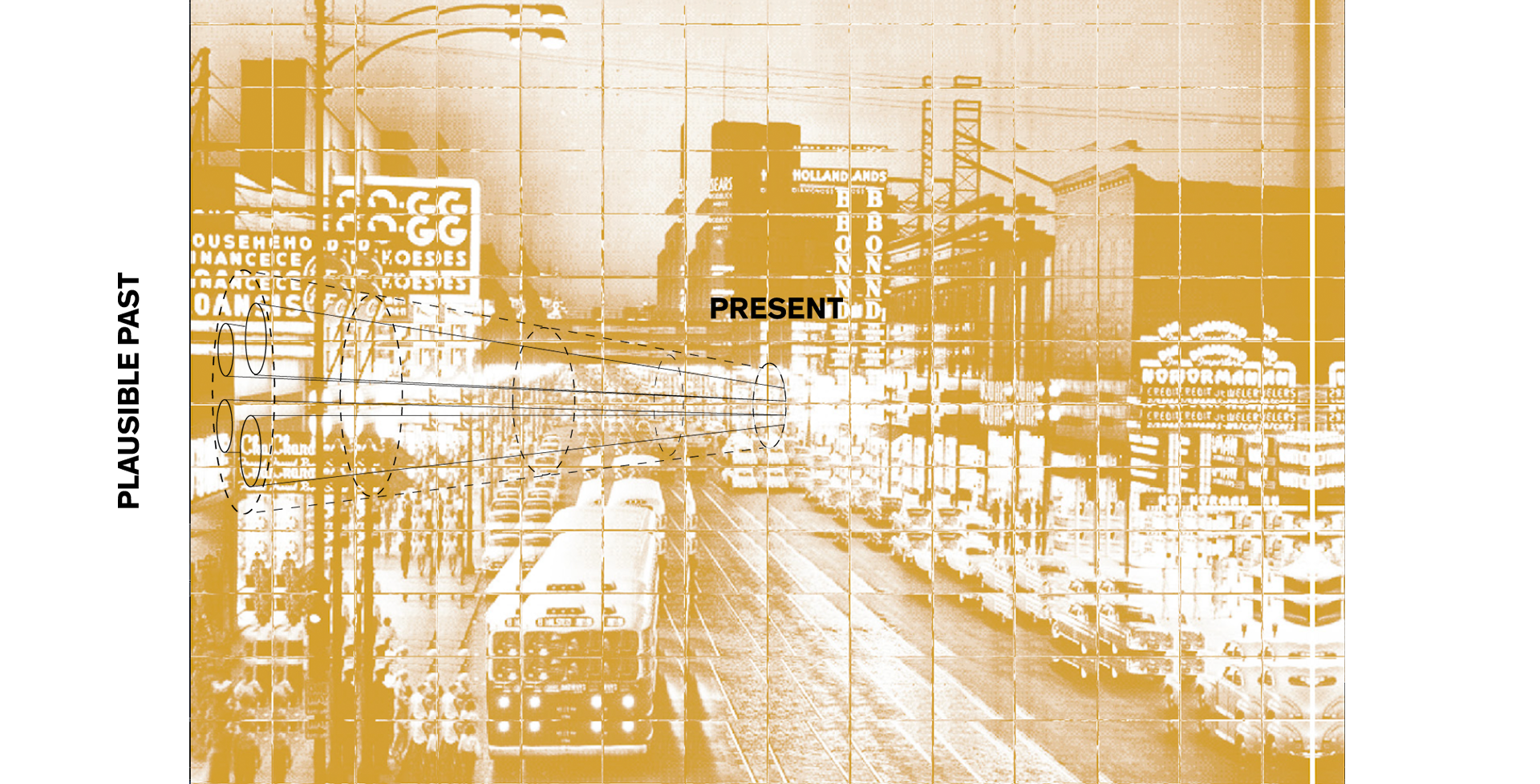


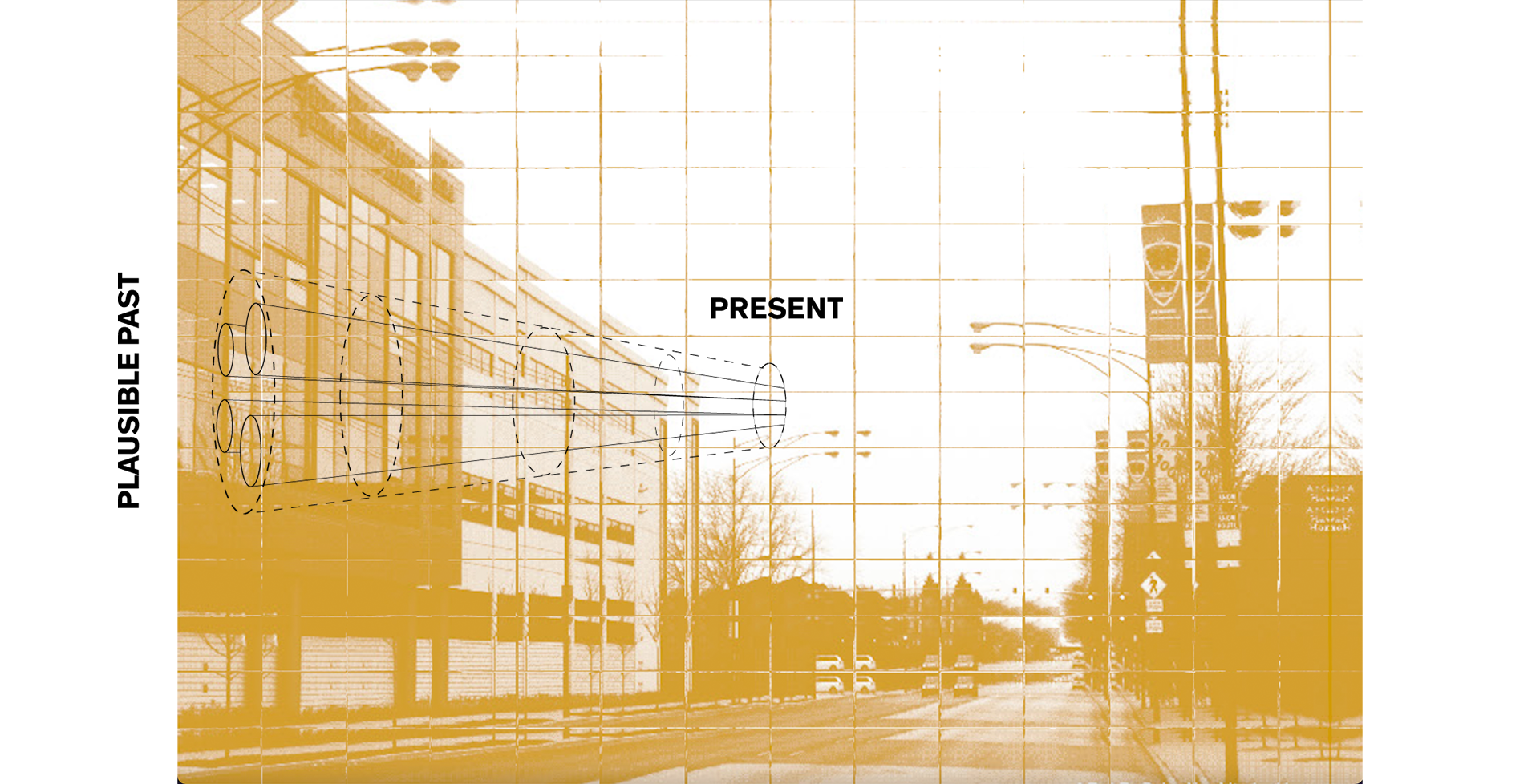



Sonic Collage
1940s Bronzeville
Sonic Collage, 2017
Found and newly recorded sound
form the basis of this collage. Set in the 1940s, in the Bronzeville community
on Chicago’s South Side, 16 year-old Gus and his mother, DonnaJo, are in a
financial crisis. Coming up from the South during the Great Migration, DonnaJo
and Gus are poor, so DonnaJo asks young Gus to get a job. Gus finds work at a
steel factory, but contracts tuberculosis and is fired. From there, he has a
tough decision to make: he can either find another job or sell stolen items as
part of the underground economy. He chooses the street, survives it, and
fortunately is successful enough to be able to start his own business in
Bronzeville.
Youth Artists: Cameron Chambers, Shelby Davis, Lauren Johnson, and Timothy Ellis
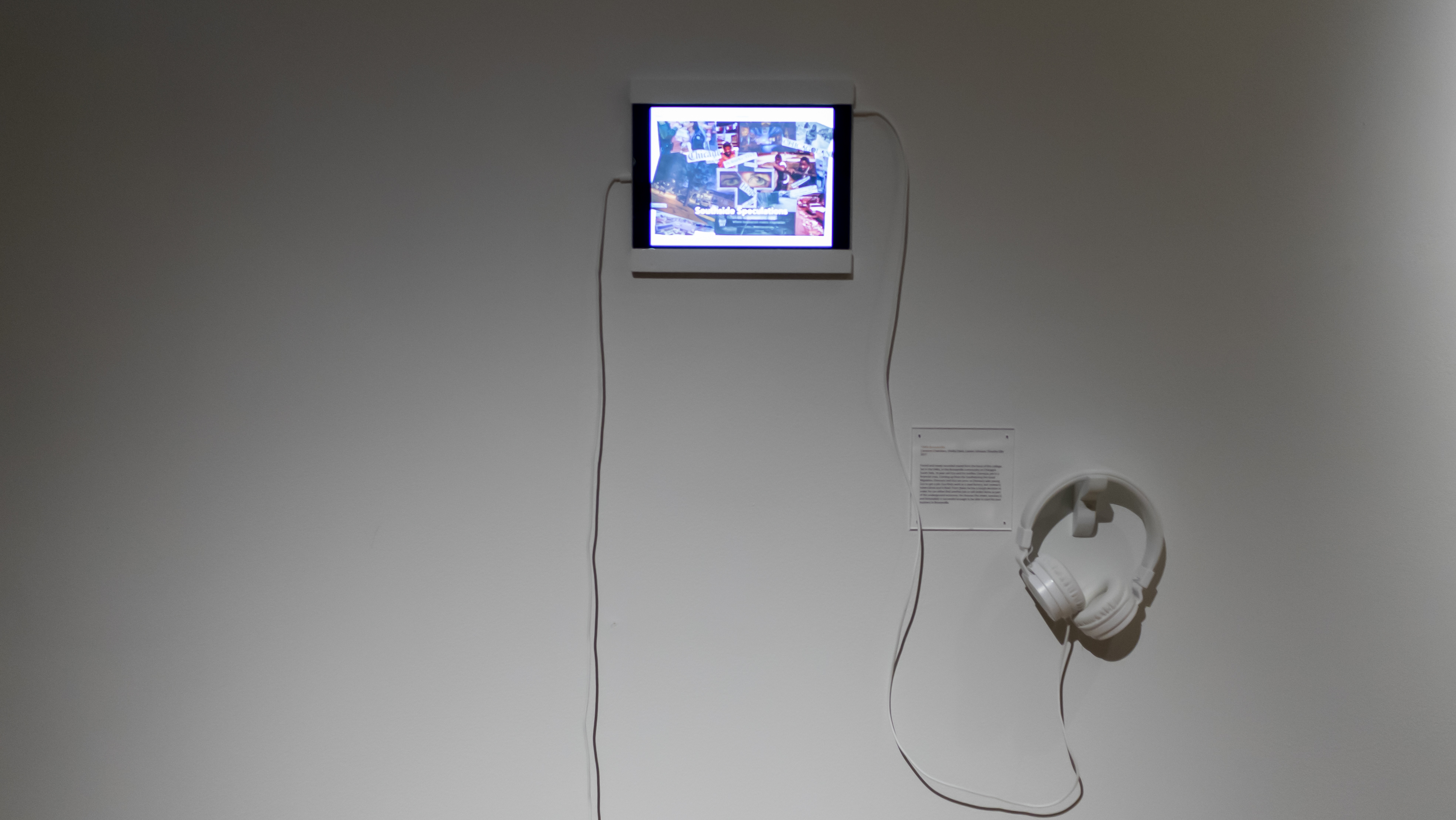




HomePod, Chicago, 2038
Speculative object, 2018
Home pods is a prototype of mobile and modular homes that can be moved between the neighborhoods of Chatham on the South Side and Albany Park on the North Side. Watch the mockumentary the artists made to accompany it.
Youth Artists: Carlson Ayanlaja, Daniel Barrera,Yousef Lagundoye, and Symone Pettis
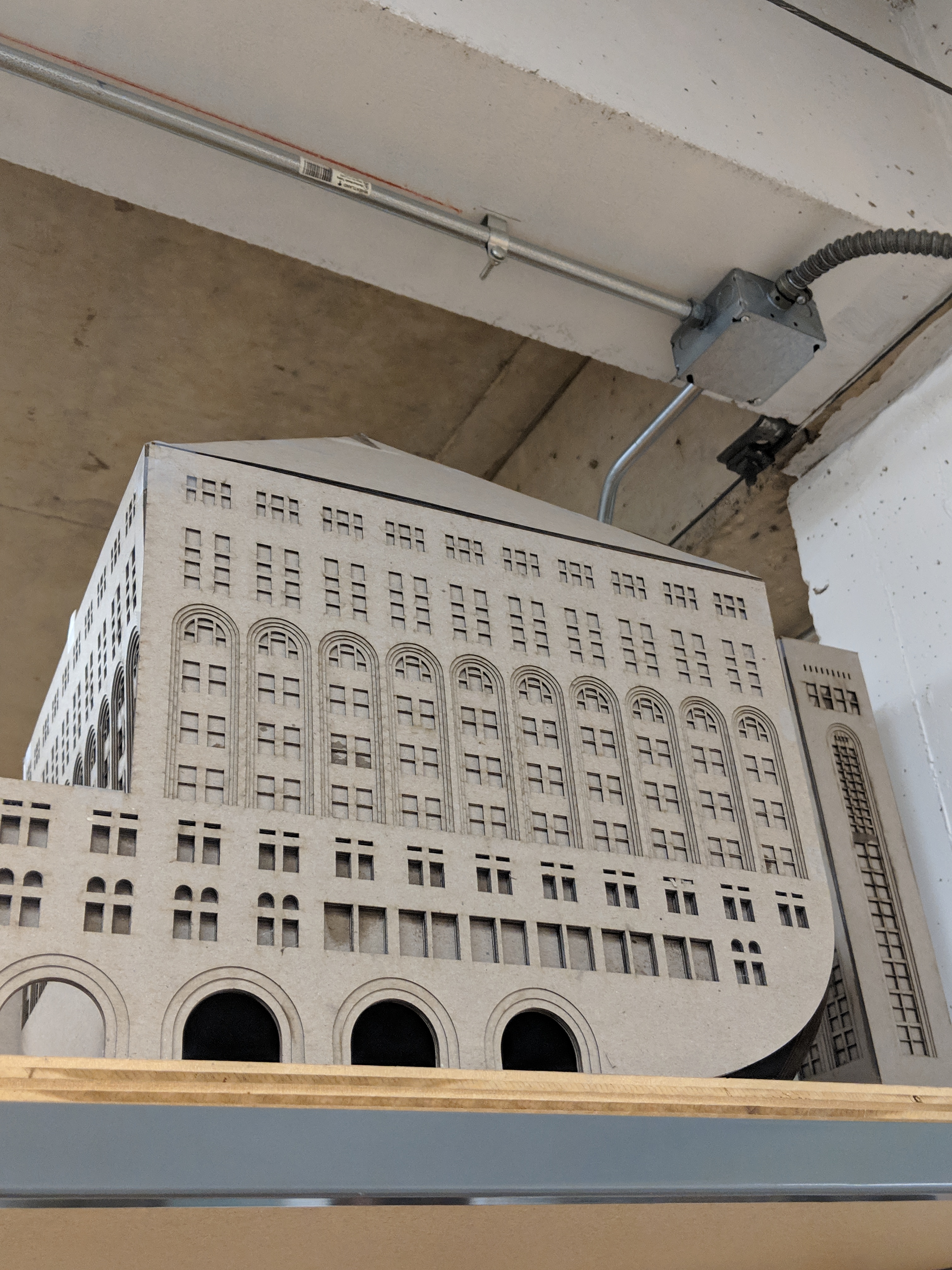

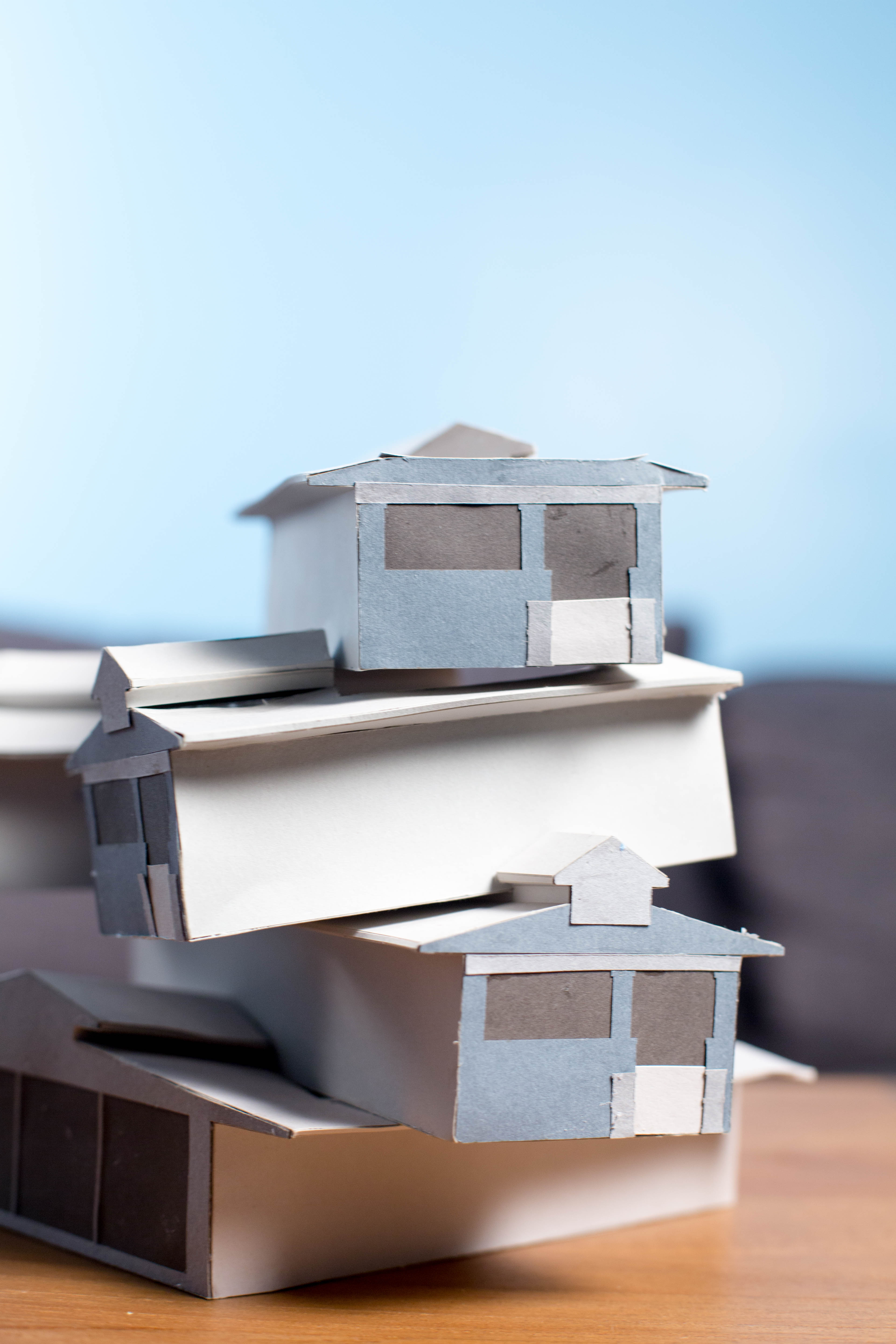


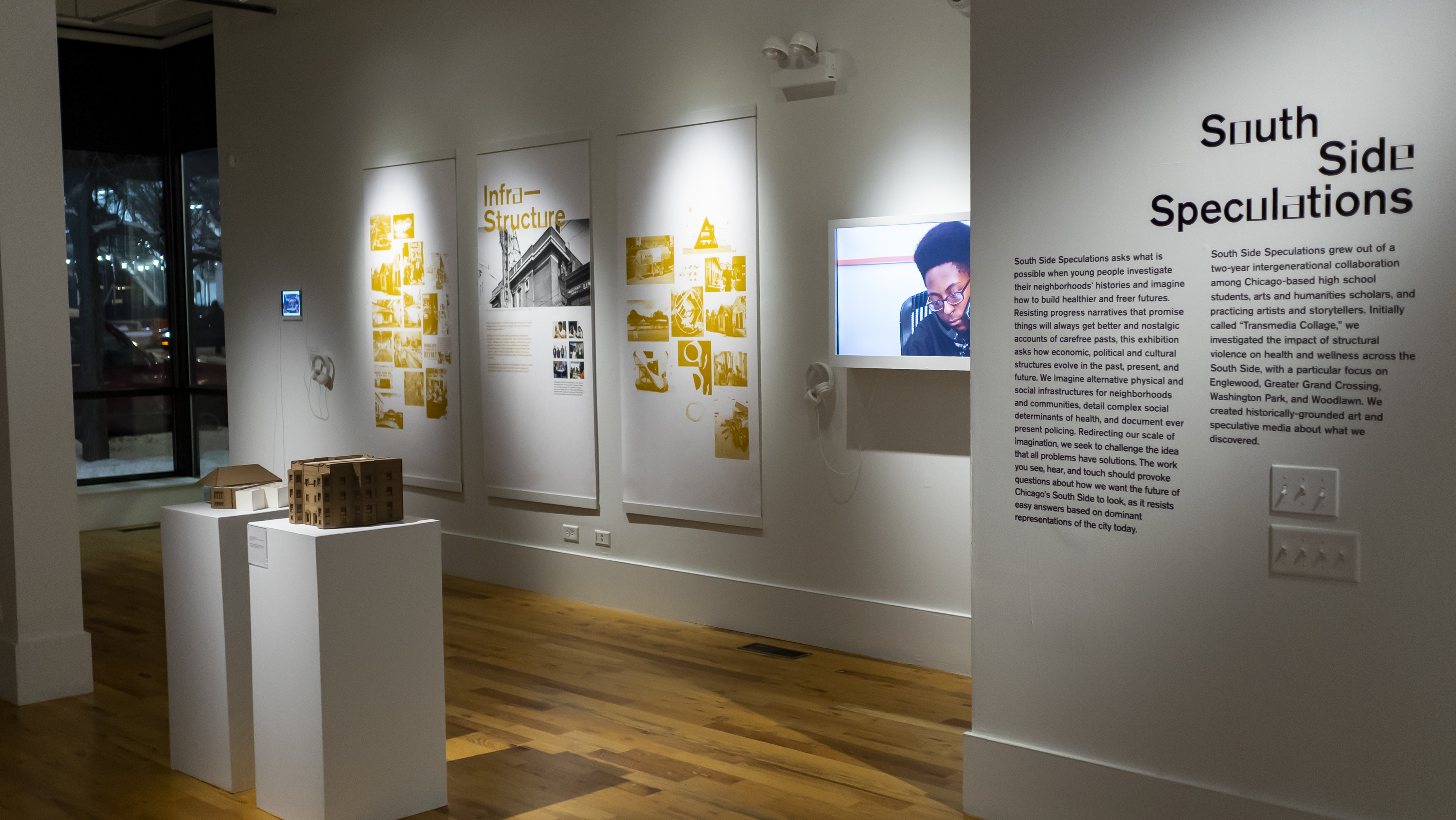

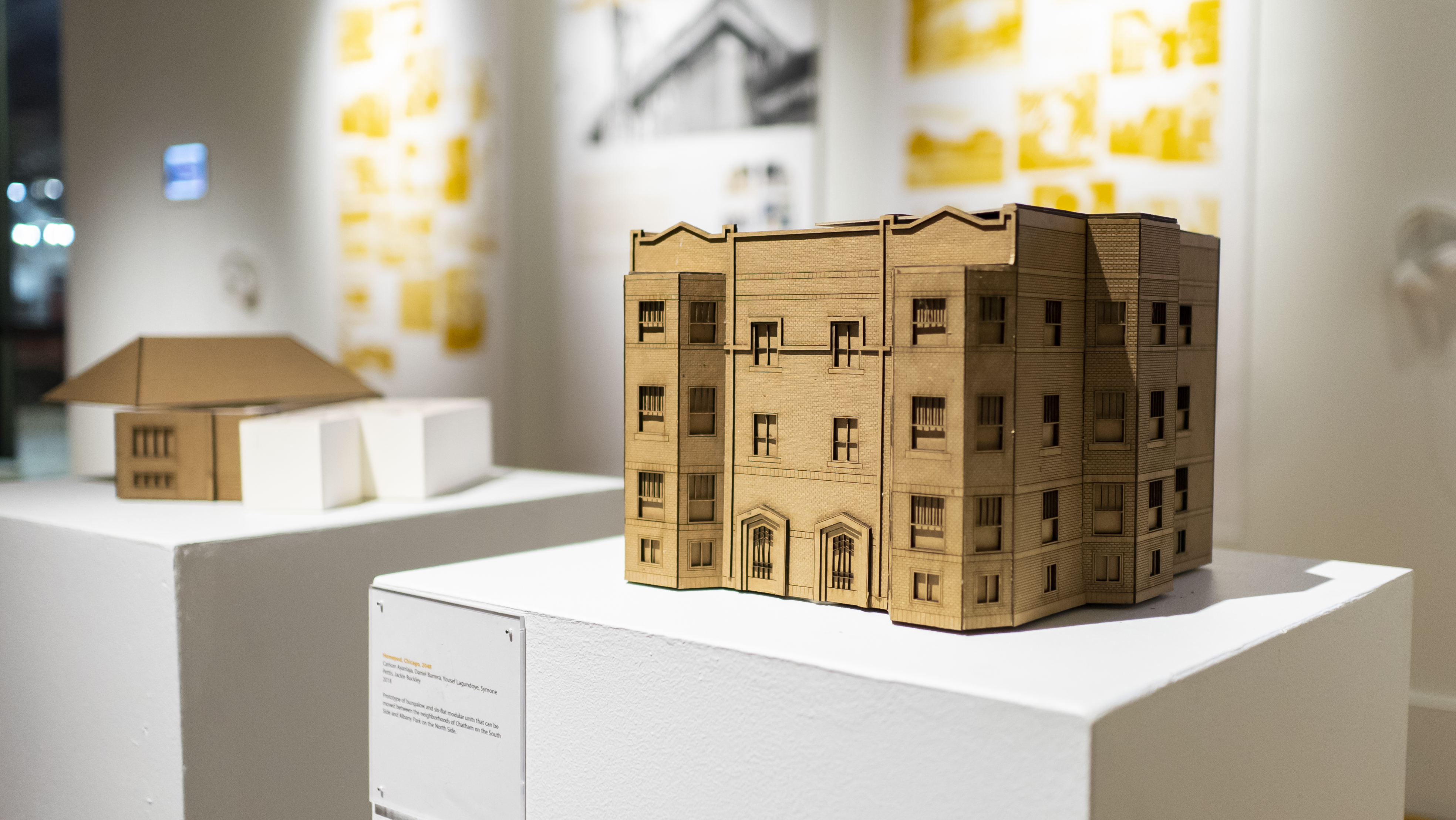



<<<<<<<<<<<<<<<<<<<<<<<<<<<<<<<<<<<<<<<<<<<<<<<<<<<<<<<<<<<<<<<<<<<<<<<<<<<<<<<<<<<<<<<<<<<<<<<<<<<<<southside speculation>>>>>>>>>>>>>>>>>>>>>>>>>>>>>>>>>>>>>>>>>>>>>>>>>>>>>>>>>>>>>>>>>>>>>>>>>>>>>>>>>>>>>>>>>>>>>>>>>>>

How can communities address policing and the way it disrupts their everyday lives? What are alternatives to policing?
The Chicago police have
historically South Side neighborhoods, residents’
school commutes, family life. Police violence
remains an ongoing threat across Chicago’s South Side and contemporary activists have drawn attention to how much money
the city spends on policing. Long before the summer
of 2020, the young people working on this project named what happened to
Harith Augustus, Laquan McDonald, Rakiya Boyd
at the hands of police, and prompted visions of what
a future without constant police presence might look and feel like. Here the
young people imagine what it means to protect themselves and their communities.
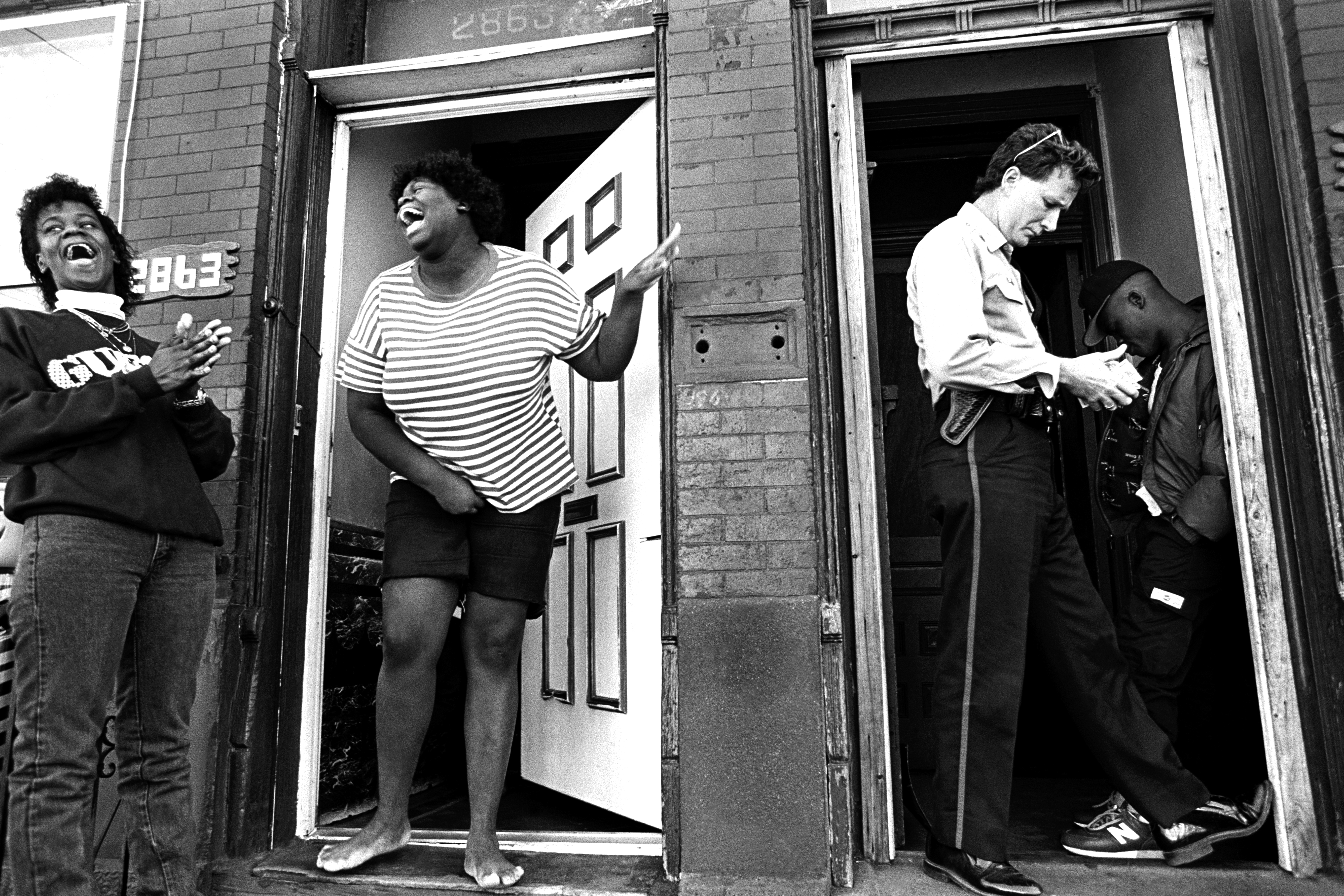
Eugene Richards, Drug bust, North Philadelphia, Pennsylvania, 1989.
Courtesy of the artist

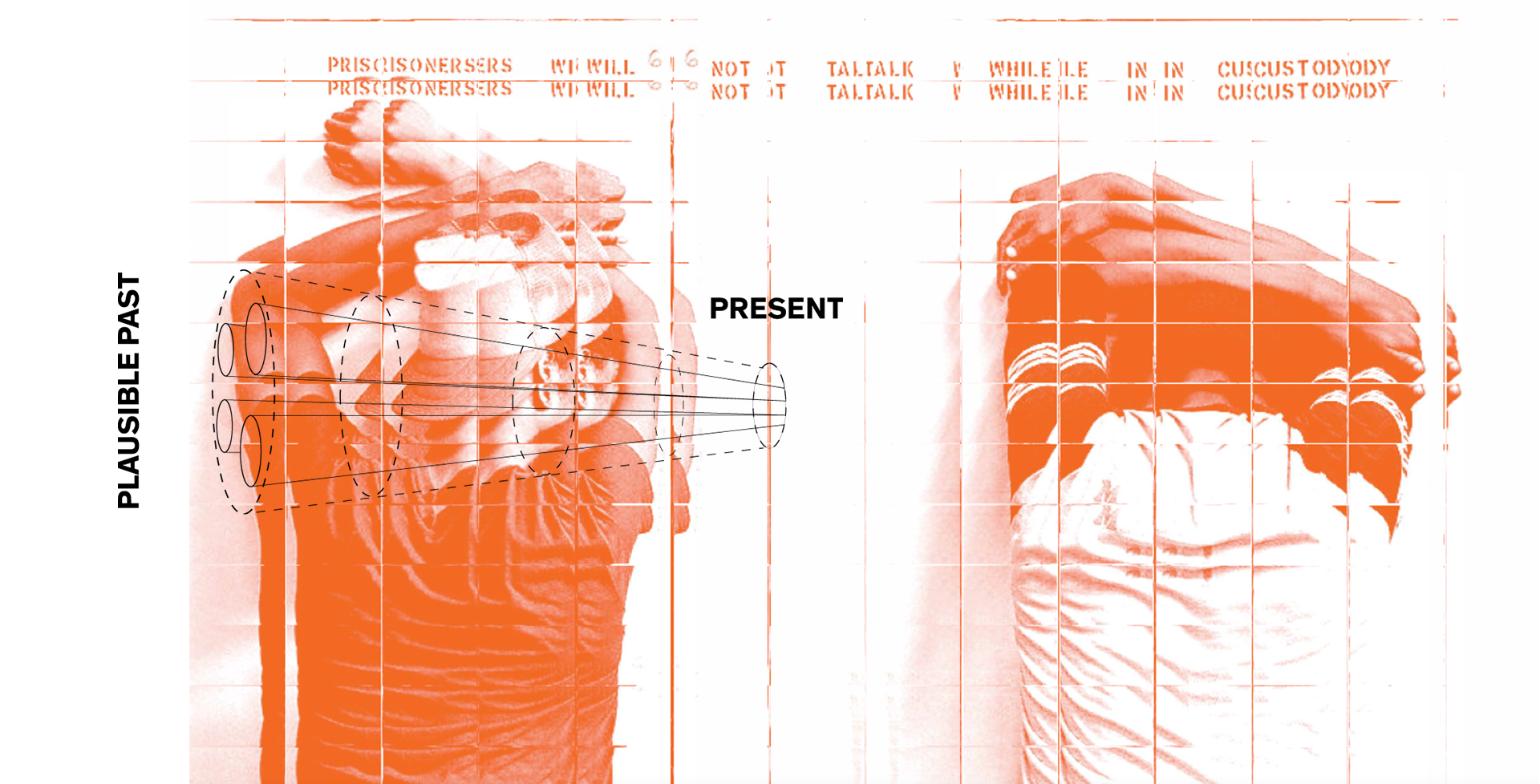

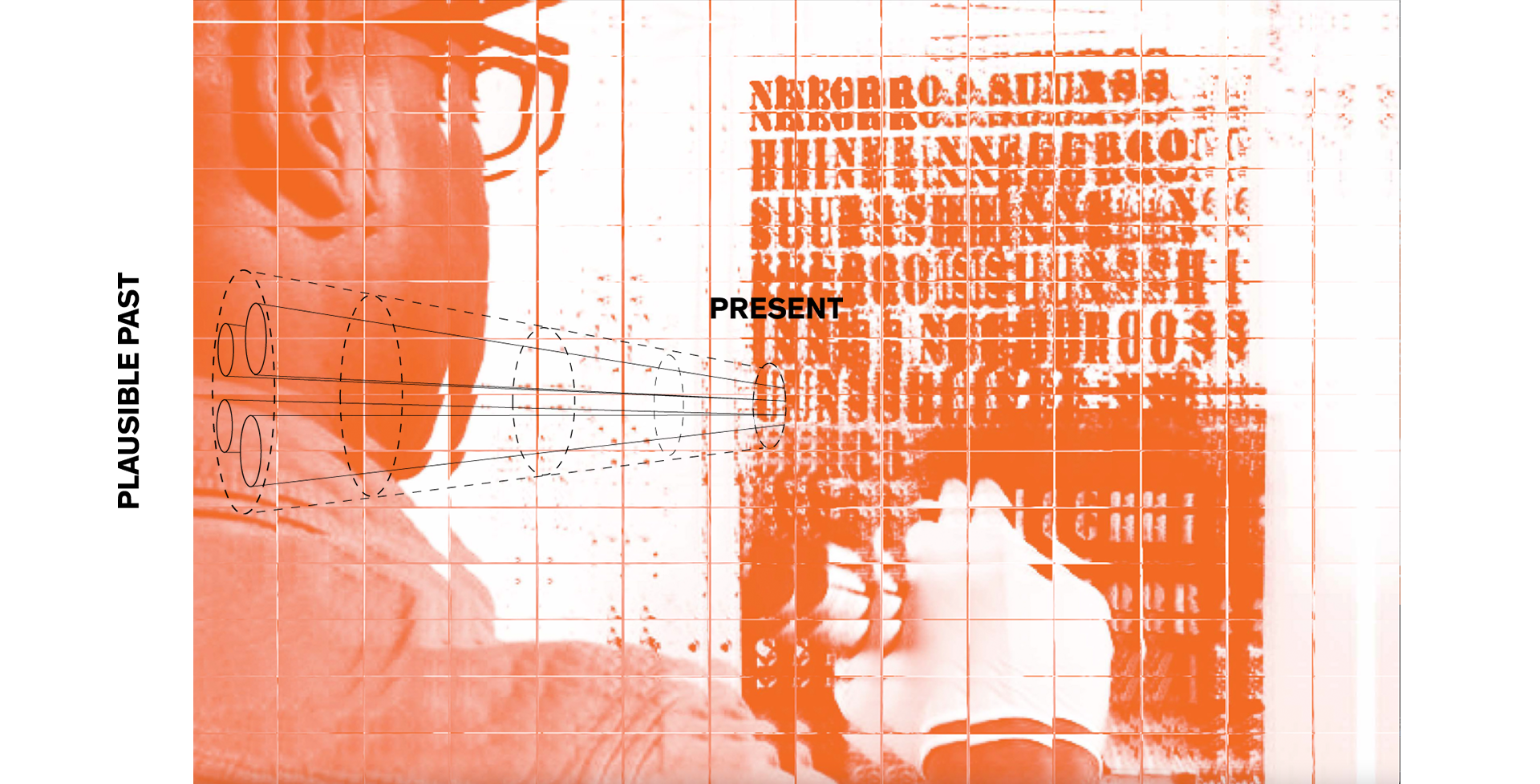

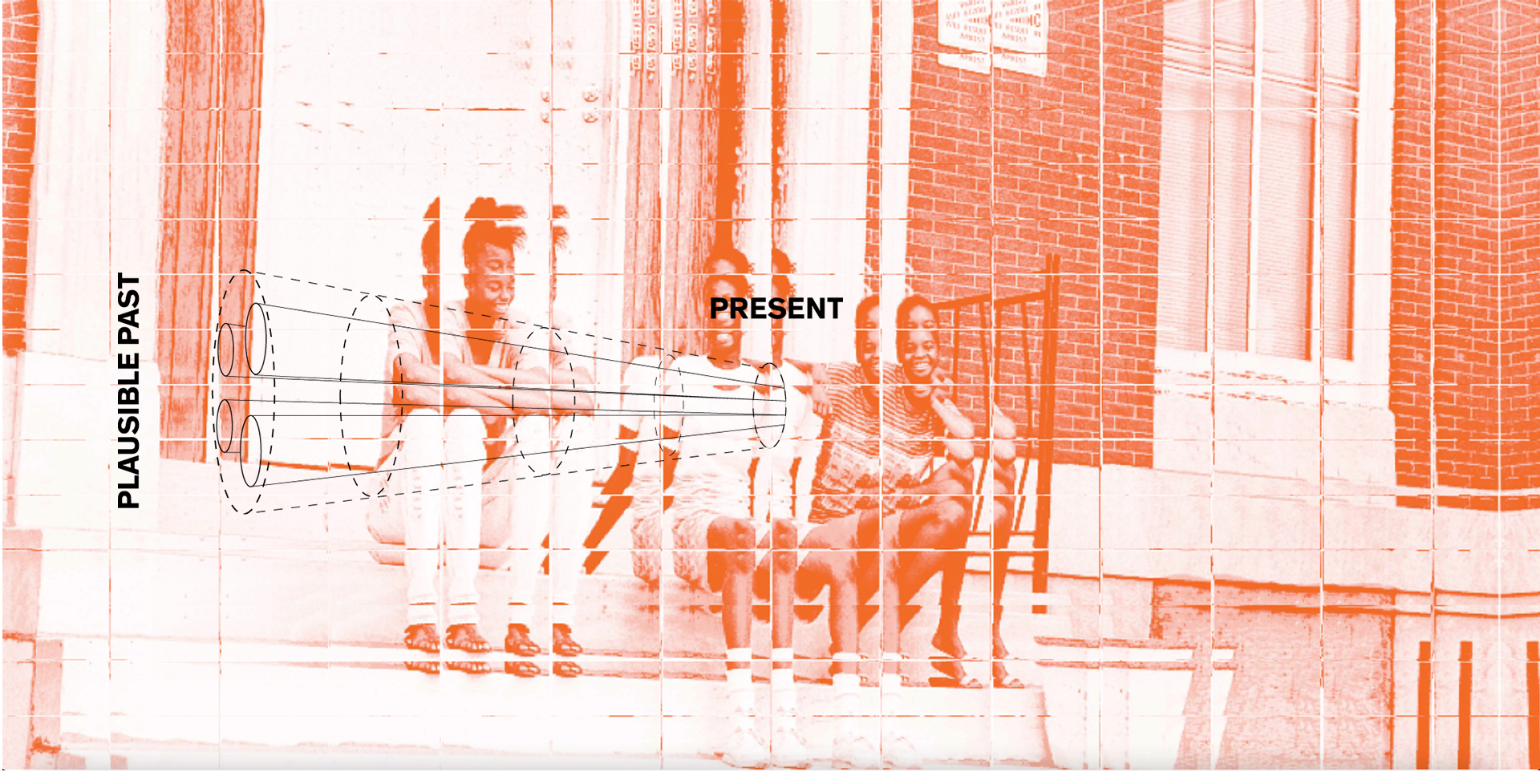
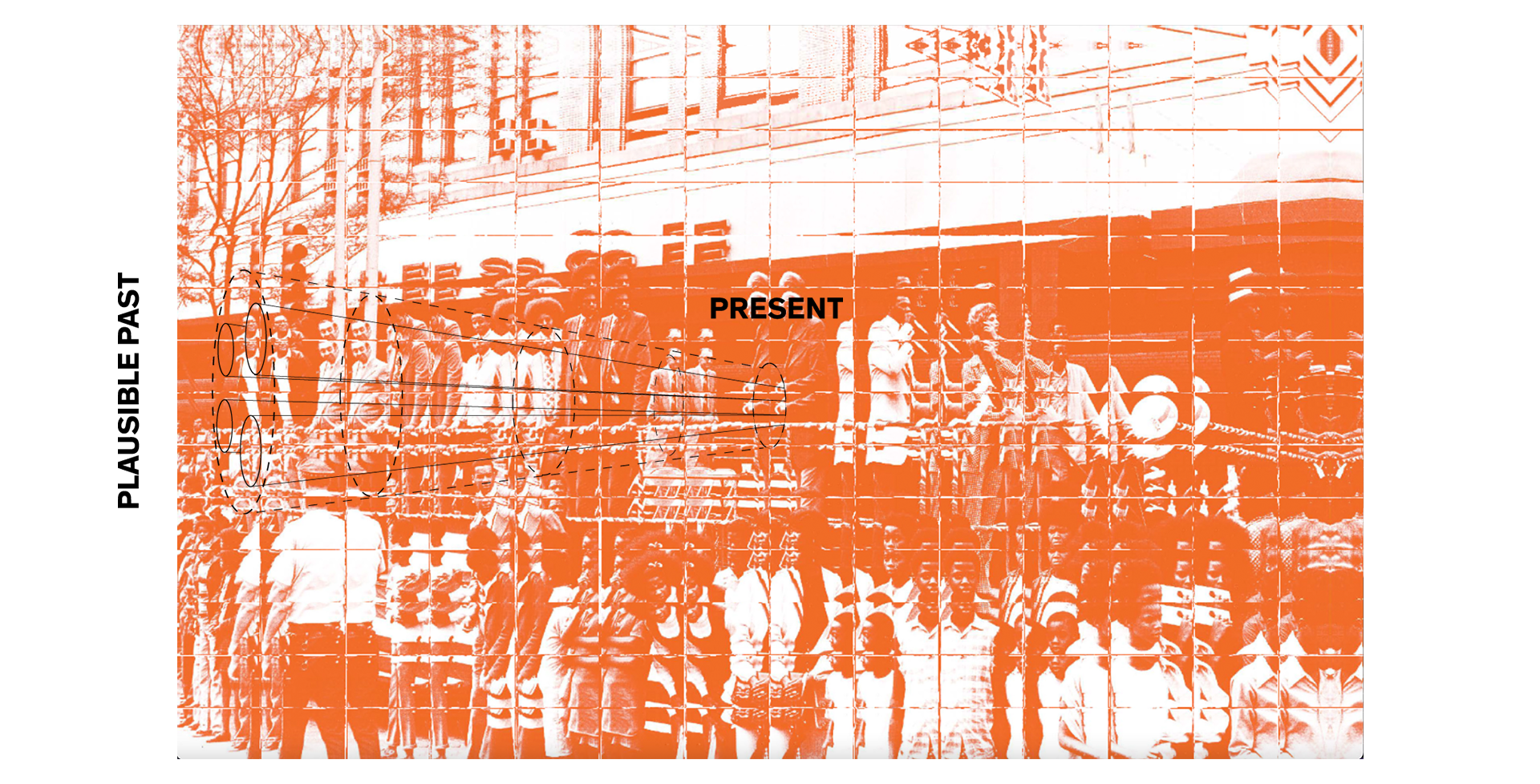
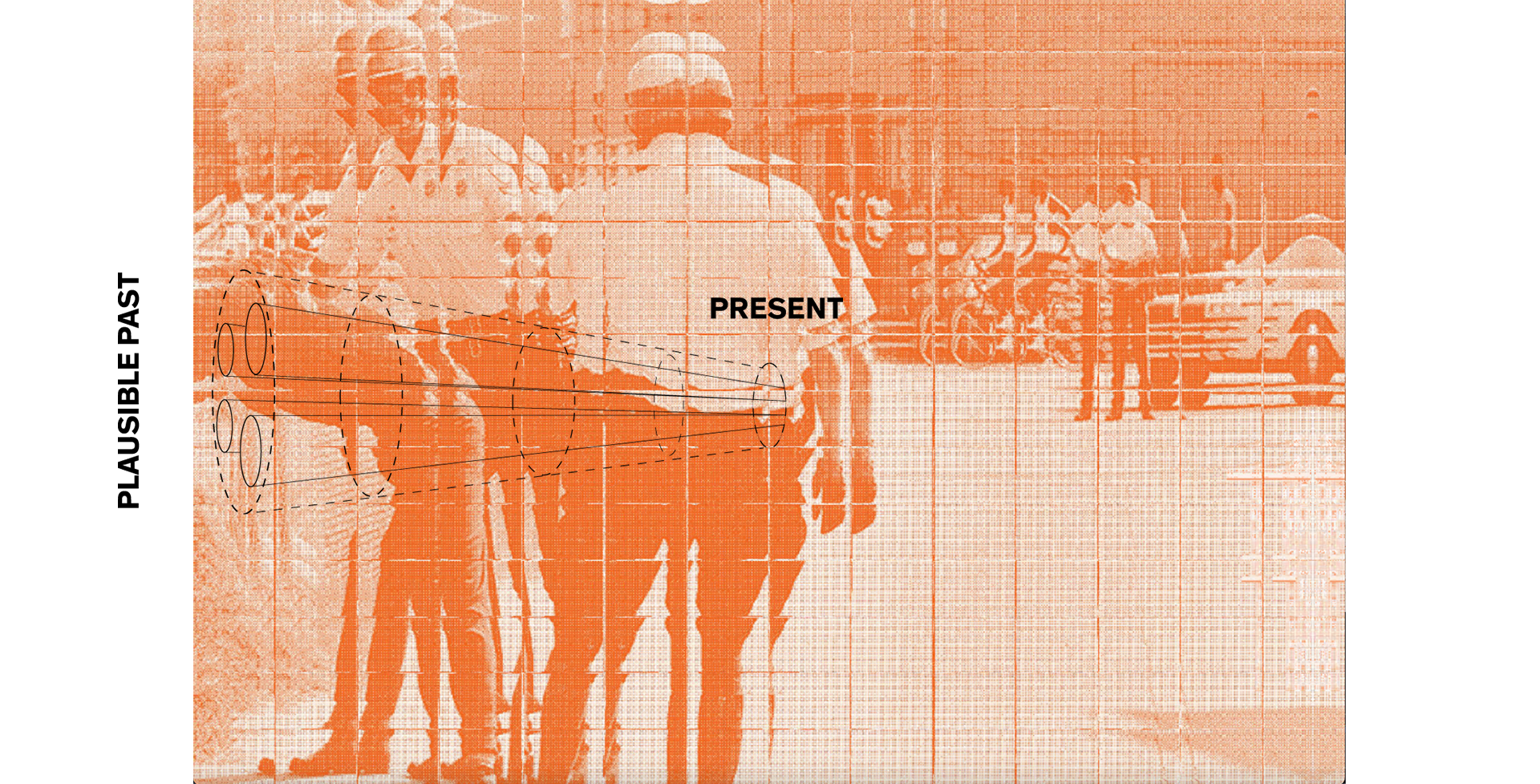
1980s Drug war and AIDS
crisis.
Text Collage, 2017
Youth Artists: Khalena Williams, Miriam Lagundoye, Sydney Lee, Myleena Webb, and Giselle Rodriguez
This text-based collage features Matt Green of Englewood, a 1983 high school graduate trying to get into the local community college, Kennedy King. Living at the height of the War on Drugs and the explosion of AIDS and mass incarceration, Matt struggles to hold his family together. Matt’s sister, Maddie, is slowly turning to the streets and fighting frequently, while his mother is addicted to crack and not doing anything to benefit her or her family. Matt and Maddie’s father has been shot by the police, wrongfully prosecuted and is in custody. Matt’s job is selling drugs to take care of his family. One day, while making a sale, Matt comes upon Maddie in the midst of a fight. Just as Matt stops to break it up, the police arrive and accuse him of causing the fight. The police search Matt, and find his last bag of cocaine, as a result Matt is given a lengthy prison sentence.





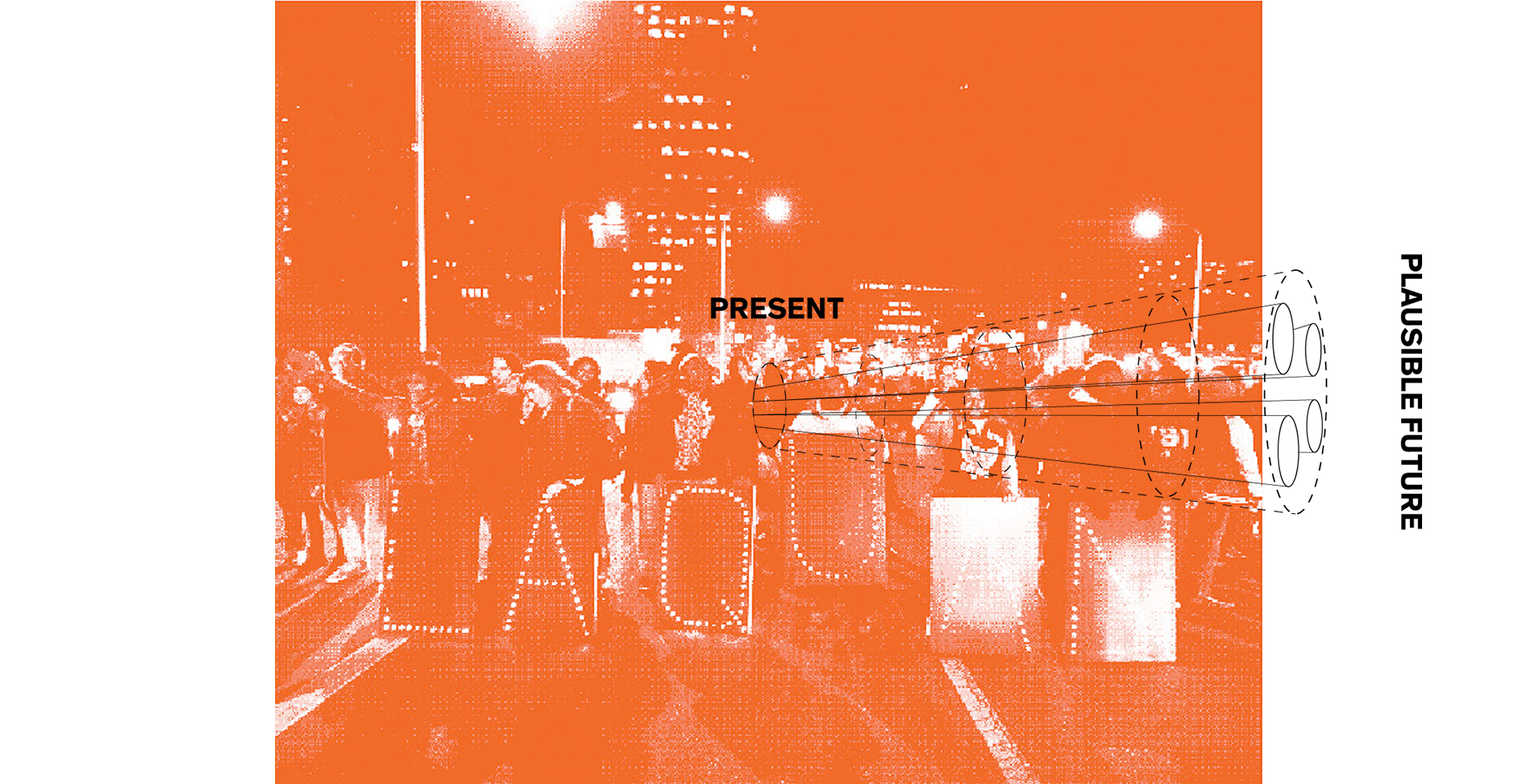

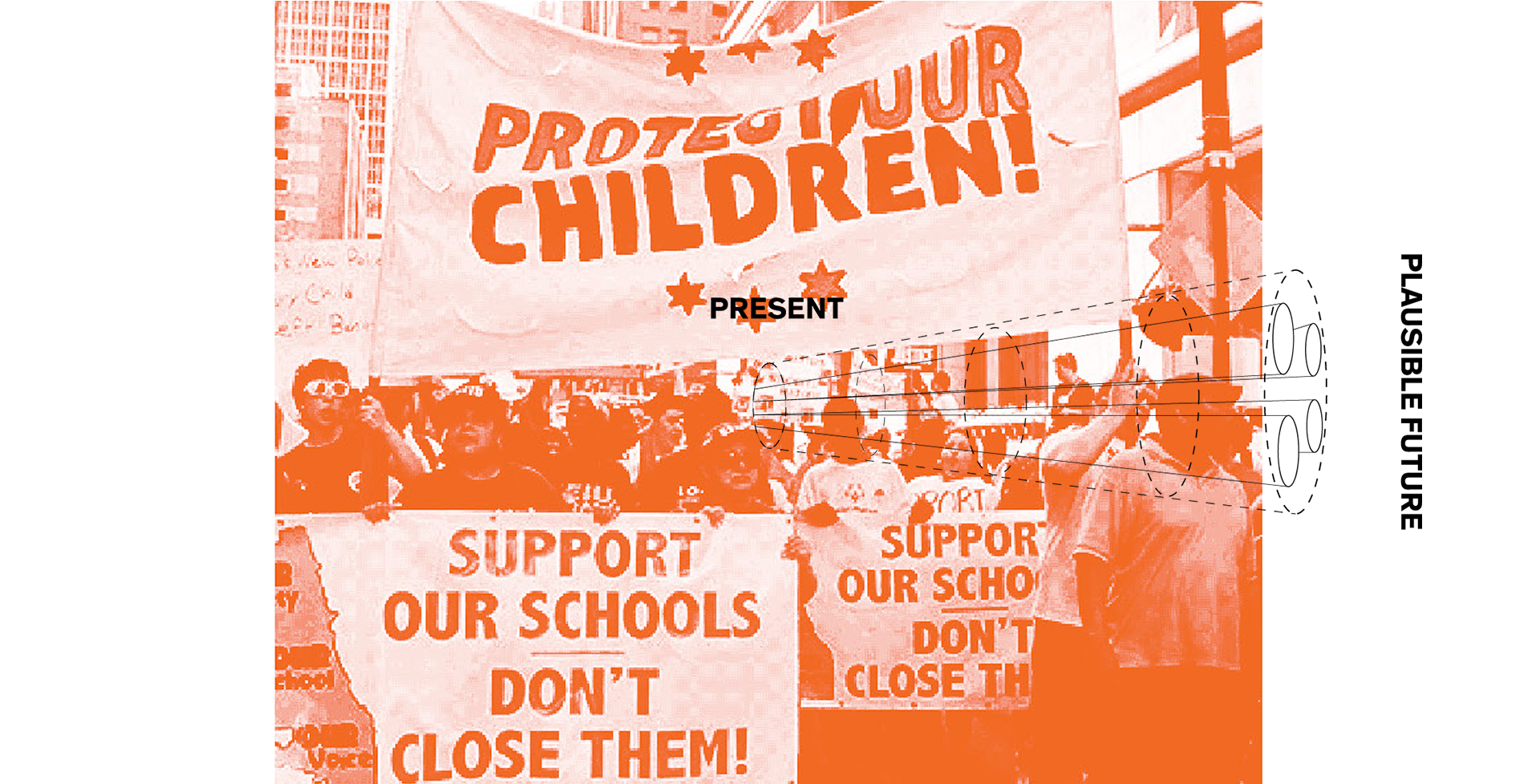
Cloning Masks and Protective Masks, Chicago, 2038
Speculative objects,
2018
Cloning Masks and Protective Masks are prototypes of masks that families and communities can use to protect children from police violence. Watch the mockumentary the artists made to accompany it.



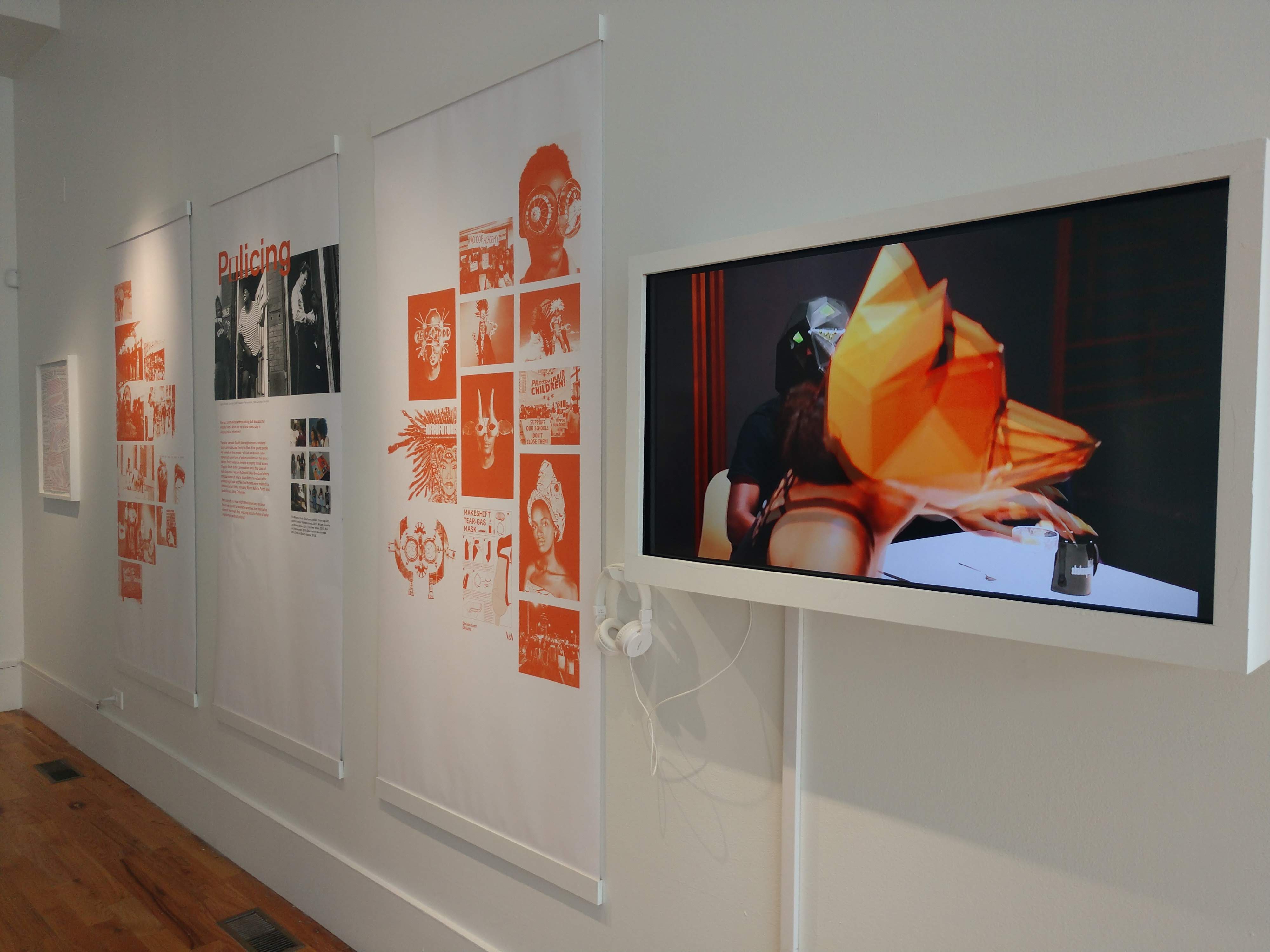

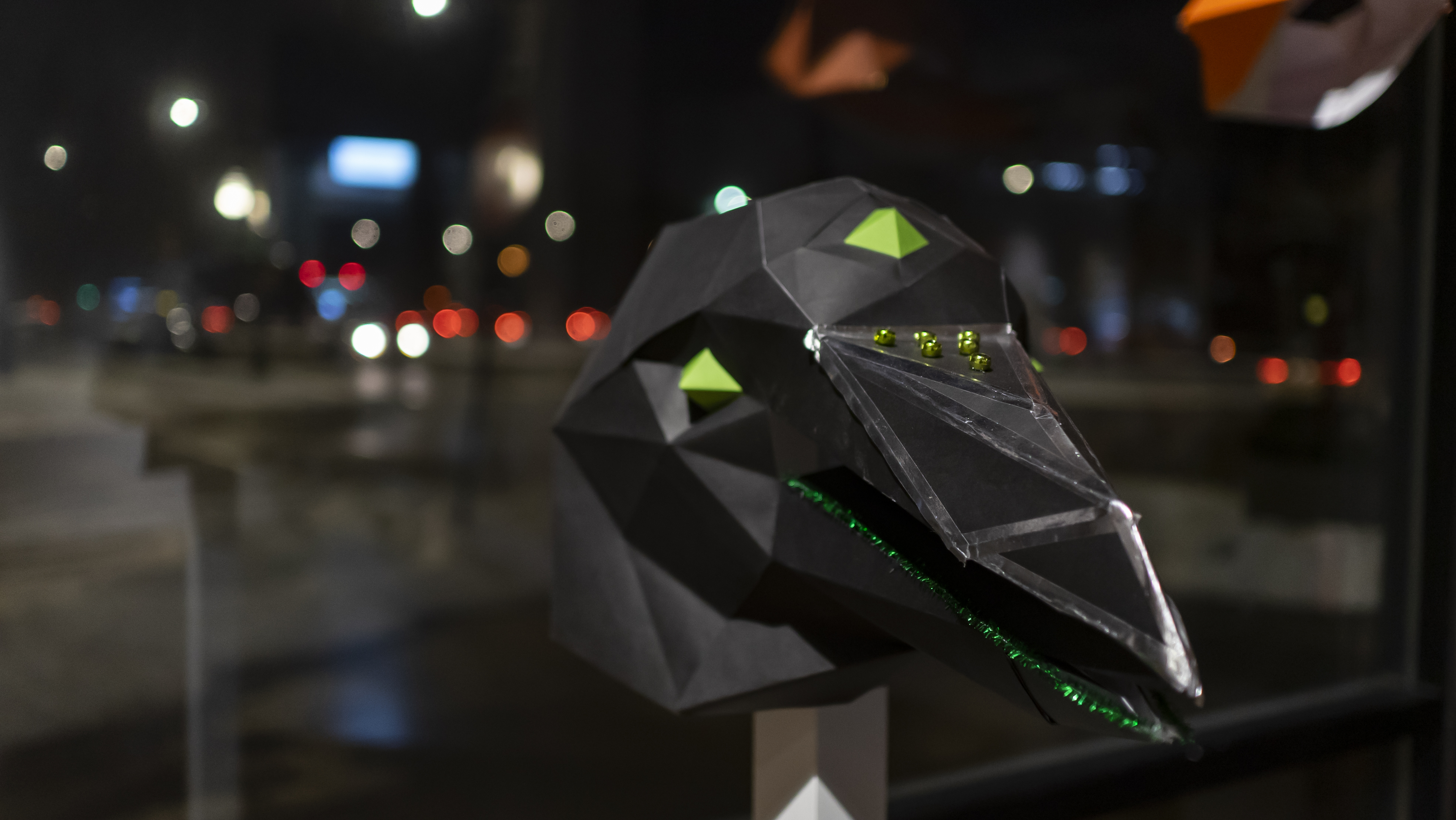
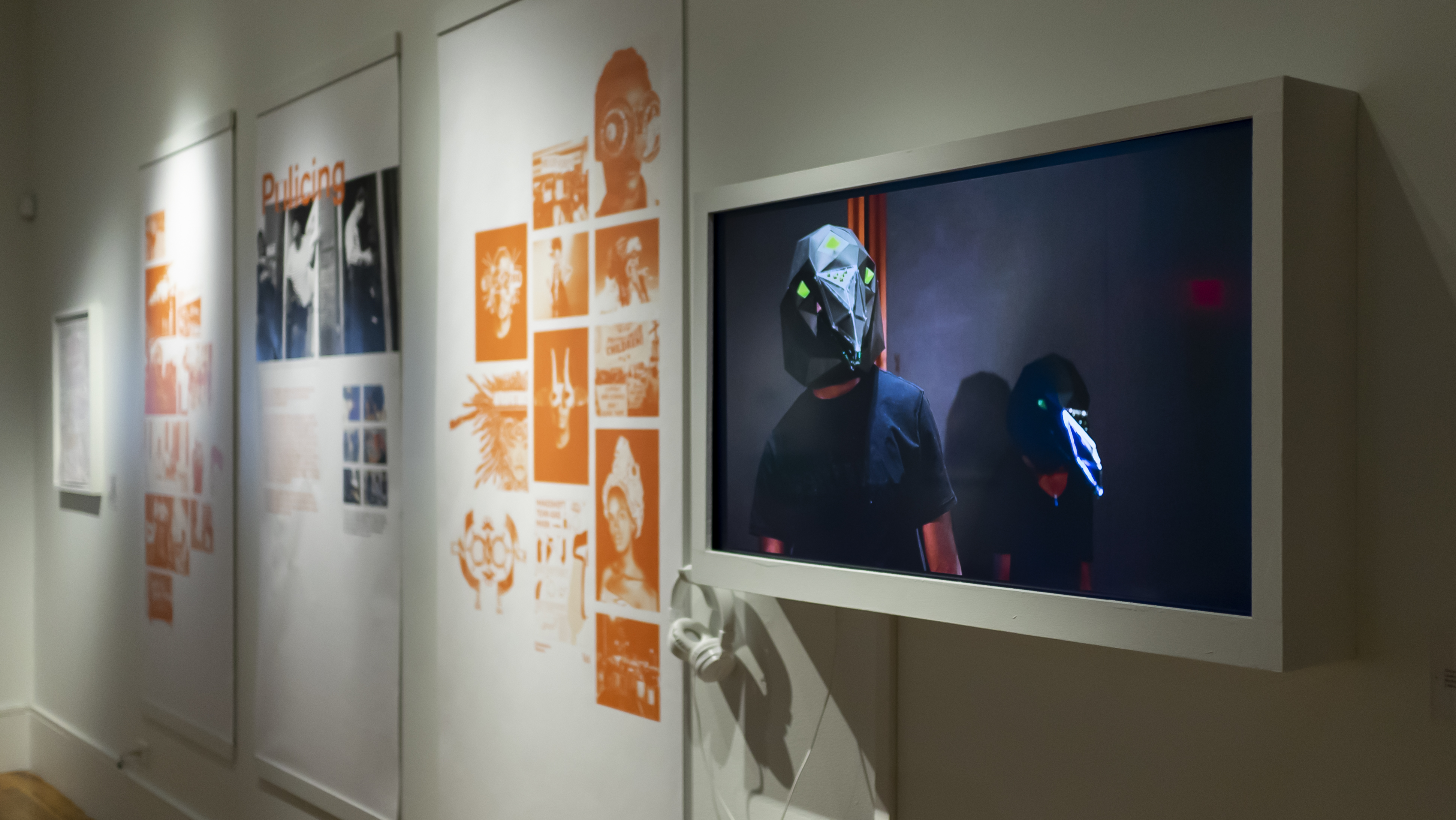
<<<<<<<<<<<<<<<<<<<<<<<<<<<<<<<<<<<<<<<<<<<<<<<<<<<<<<<<<<<<<<<<<<<<<<<<<<<<<<<<<<<<<<<<<<<<<<<<<<southside speculation>>>>>>>>>>>>>>>>>>>>>>>>>>>>>>>>>>>>>>>>>>>>>>>>>>>>>>>>>>>>>>>>>>>>>>>>>>>>>>>>>>>>>>>>>>>>>>>>
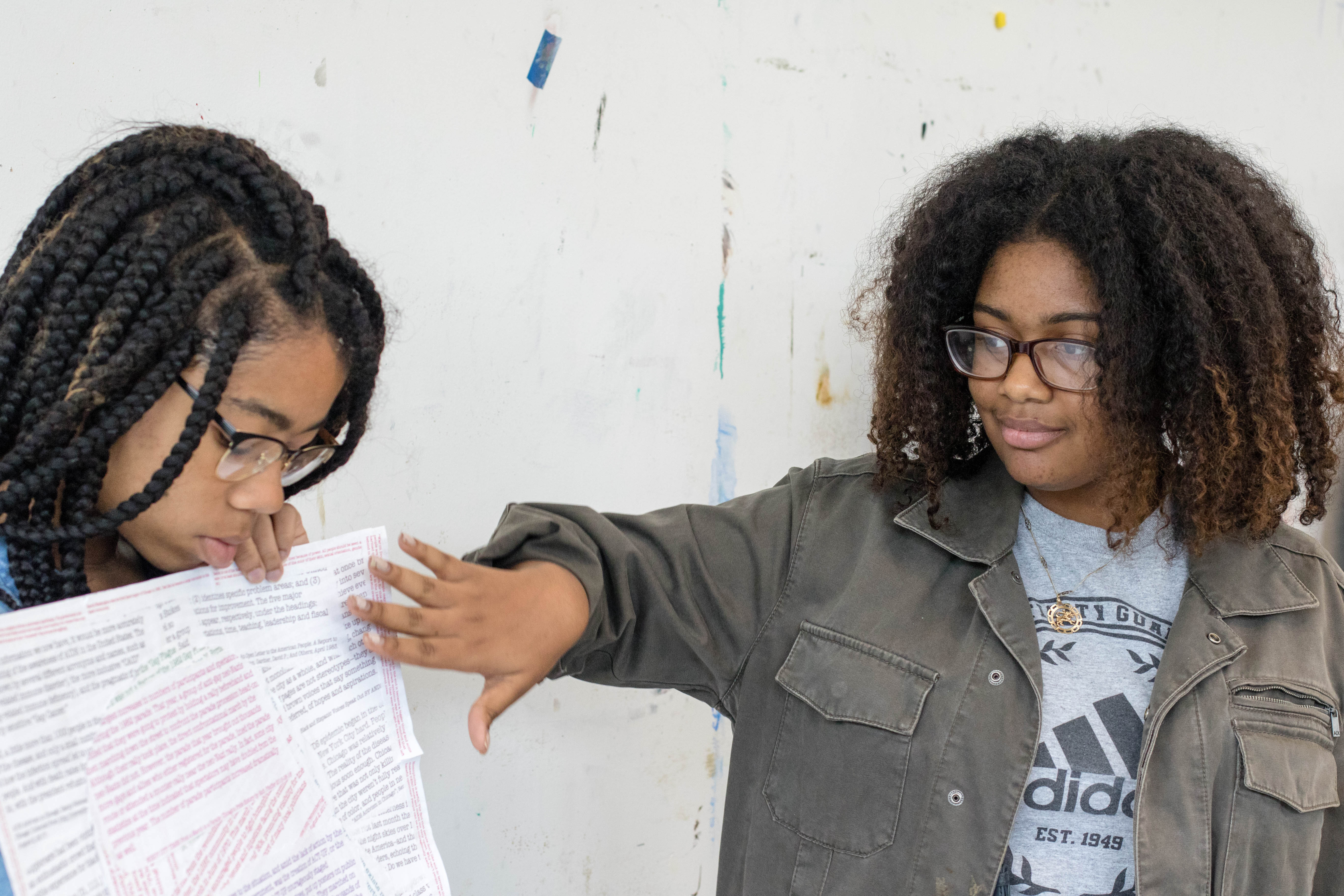
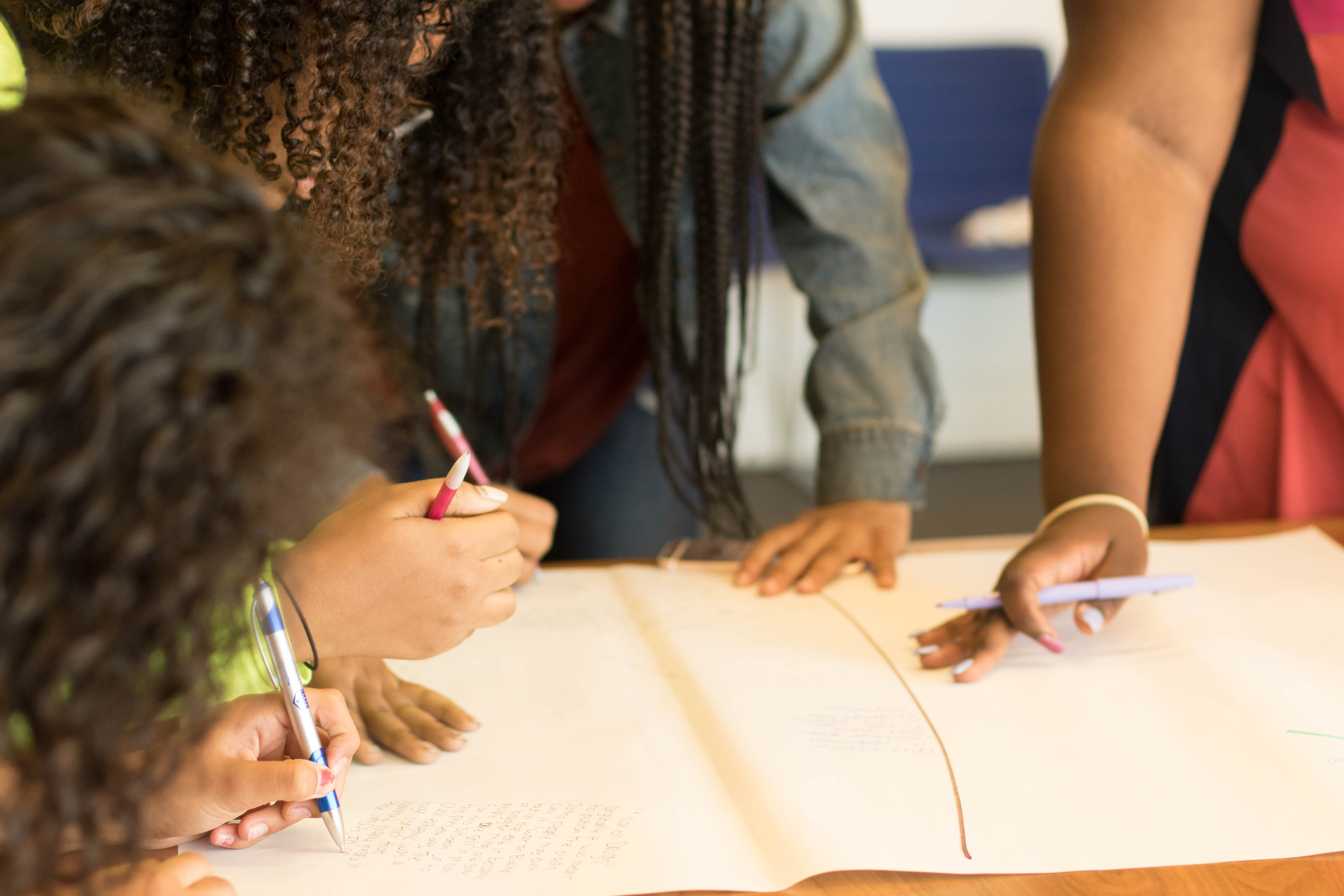
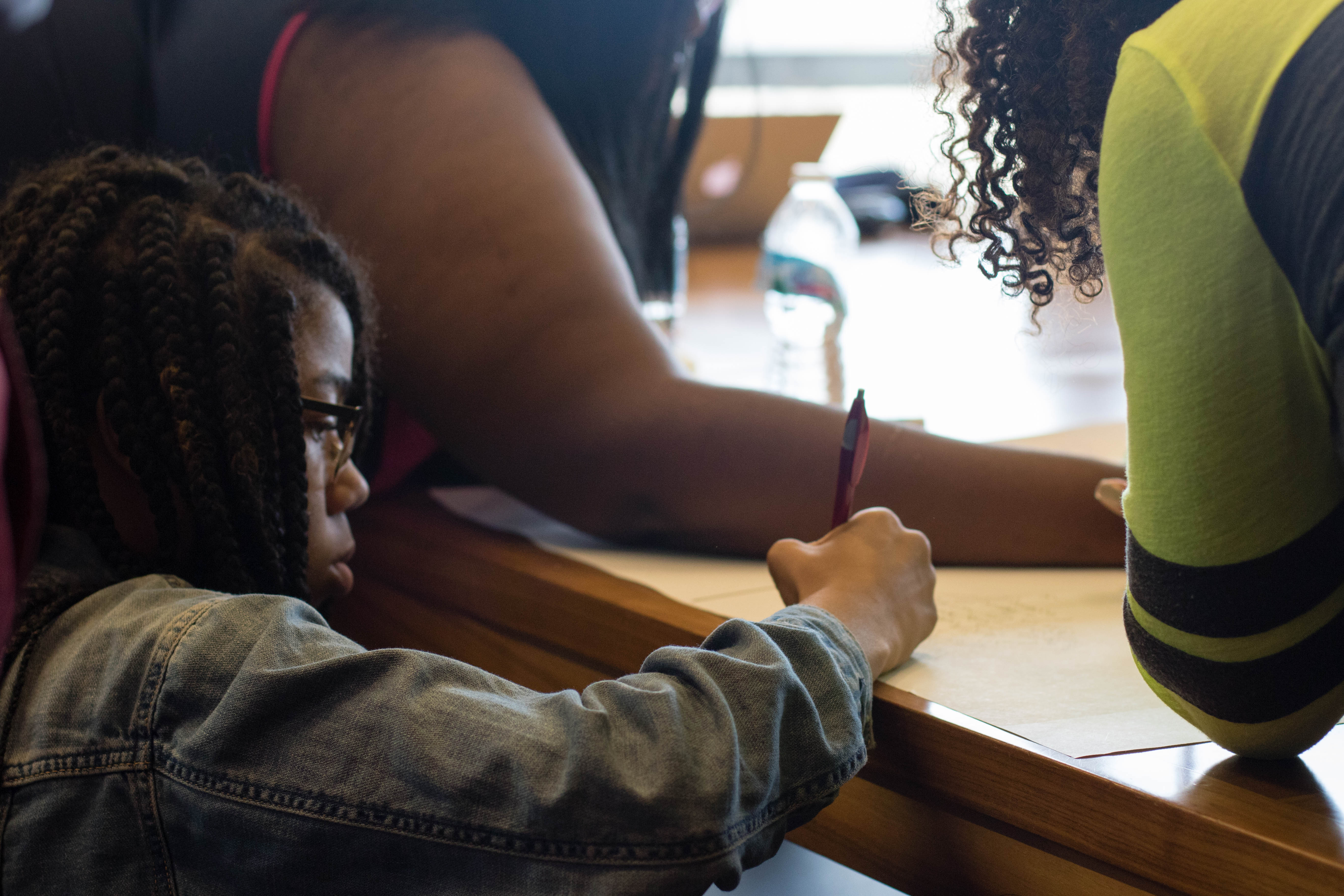


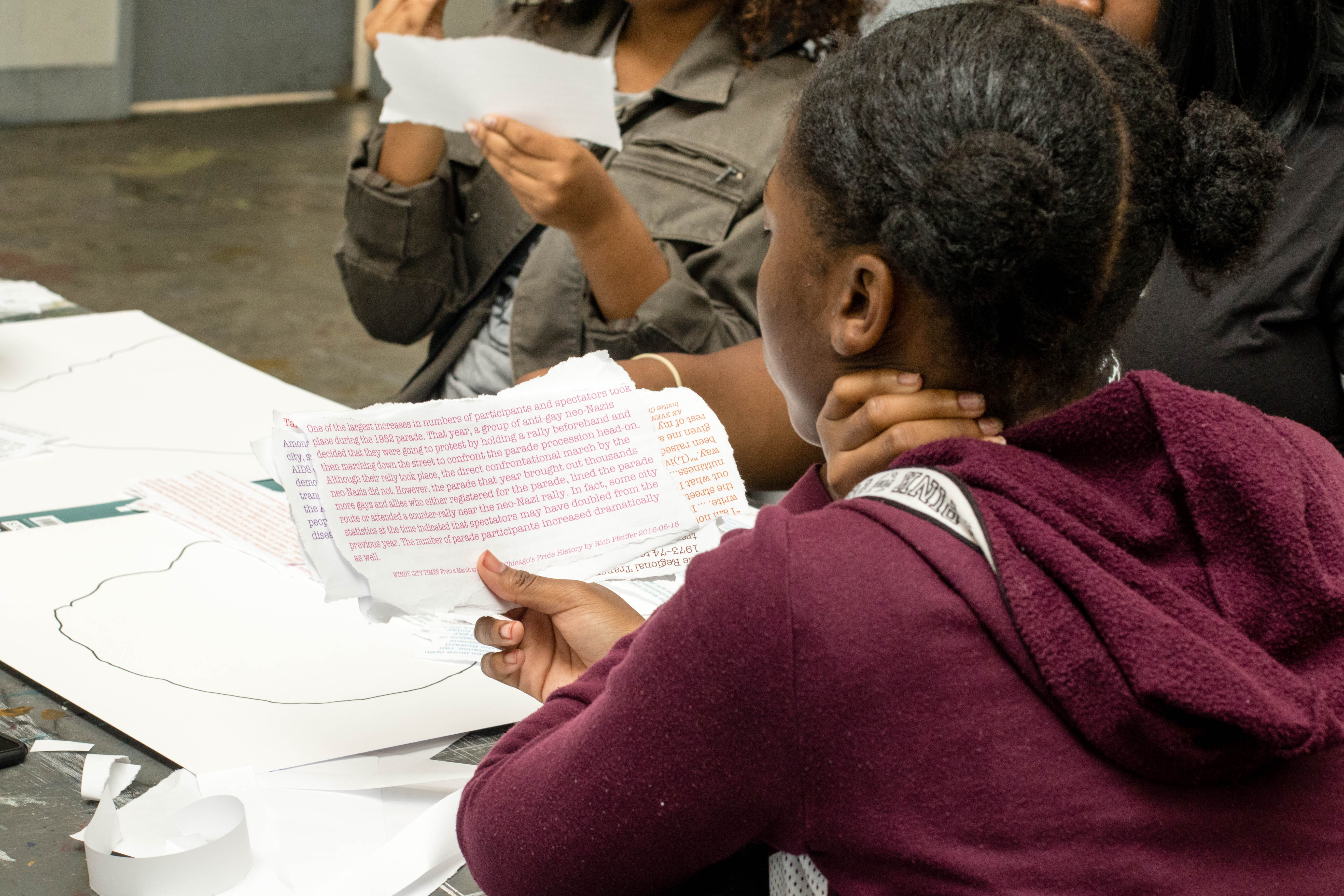
Youth Creators
Carlson Ayanlaja * Daniel Barrera *
David Bonsu * Cameron Chambers *
Shelby Davis * Asha Edwards *
Timothy Ellis * Lauren Johnson *
Larry Julien * Miriam Lagundoy *
Yousef Lagundoye * Sydney Lee *
Araceli Magaña * Nia Nobles-Vincent * Meredith Okwuede * Omar Olugbala *
Shurri Peterson * Symone Pettis *
Giselle Rodriguez * Jennifer Rubi *
Kaya Thomas * Myleena Webb *
Khalena Williams *
Project Team
Jennifer Ash * Ireashia Bennett * Jennifer Brier * Jacqueline Buckley * Patrick Jagoda * Gary Kafer *
Marquez Rhyne * Chelsea Ridley *
Niani Scott * Oscar Solis *
Astha Thakkar * Nina Versenyi *
Ali Yusuff * Austin Watson *
Lauren Wiltz * Matt Wizinsky *


